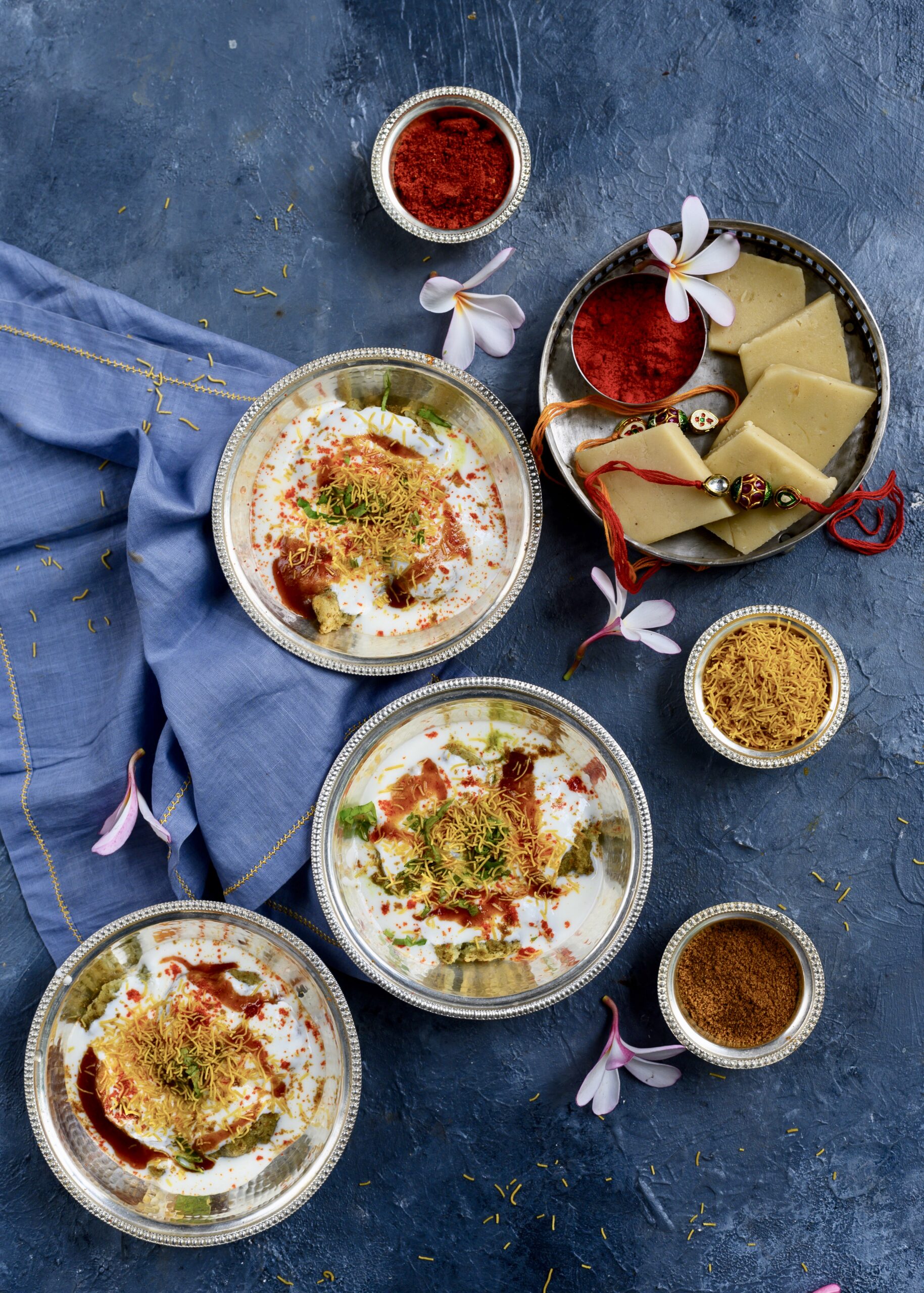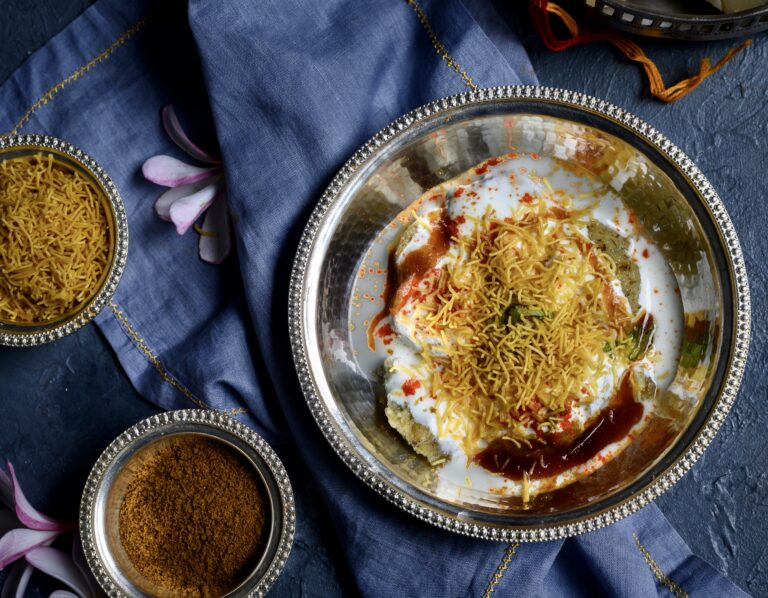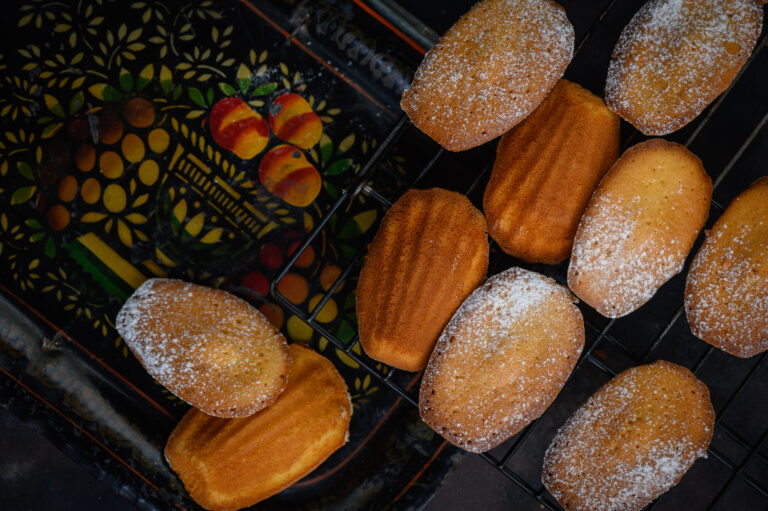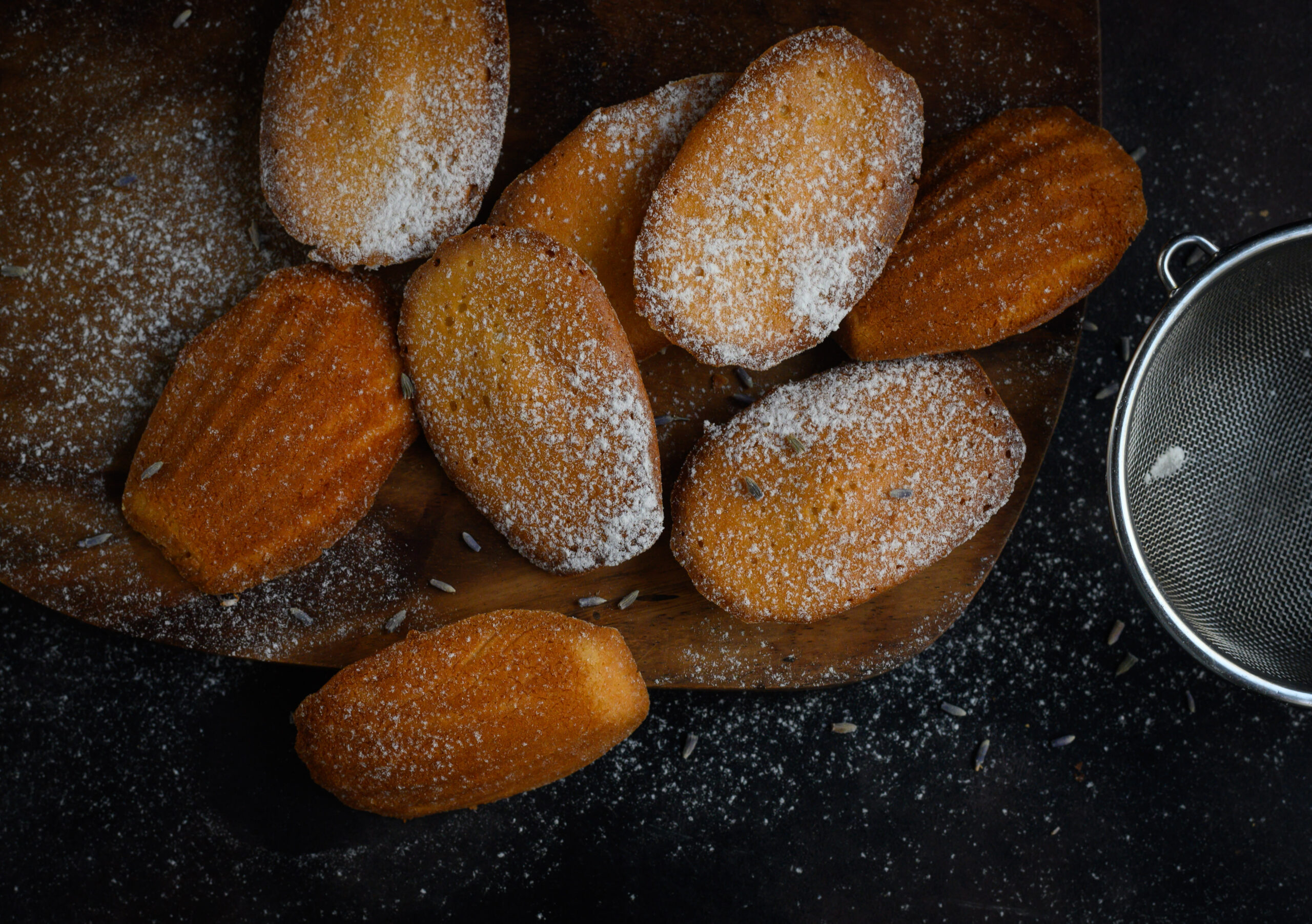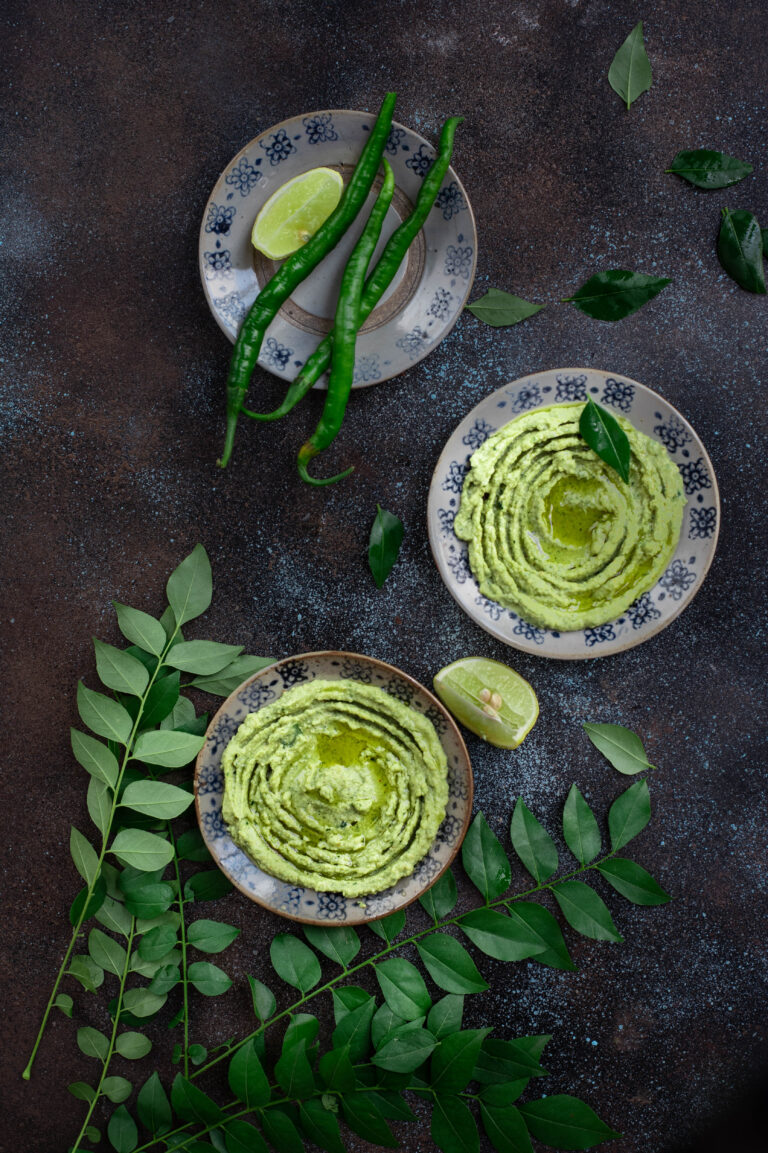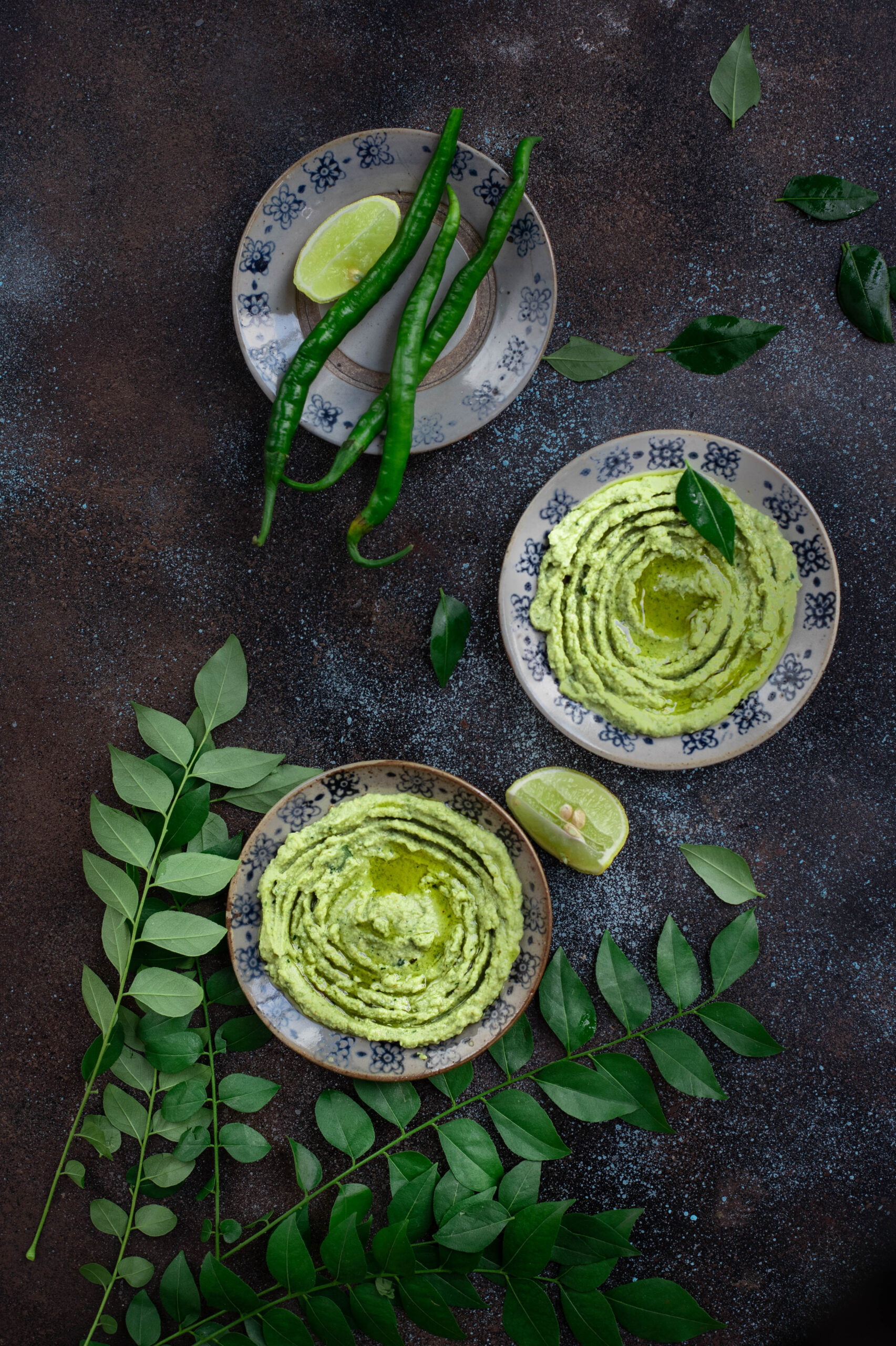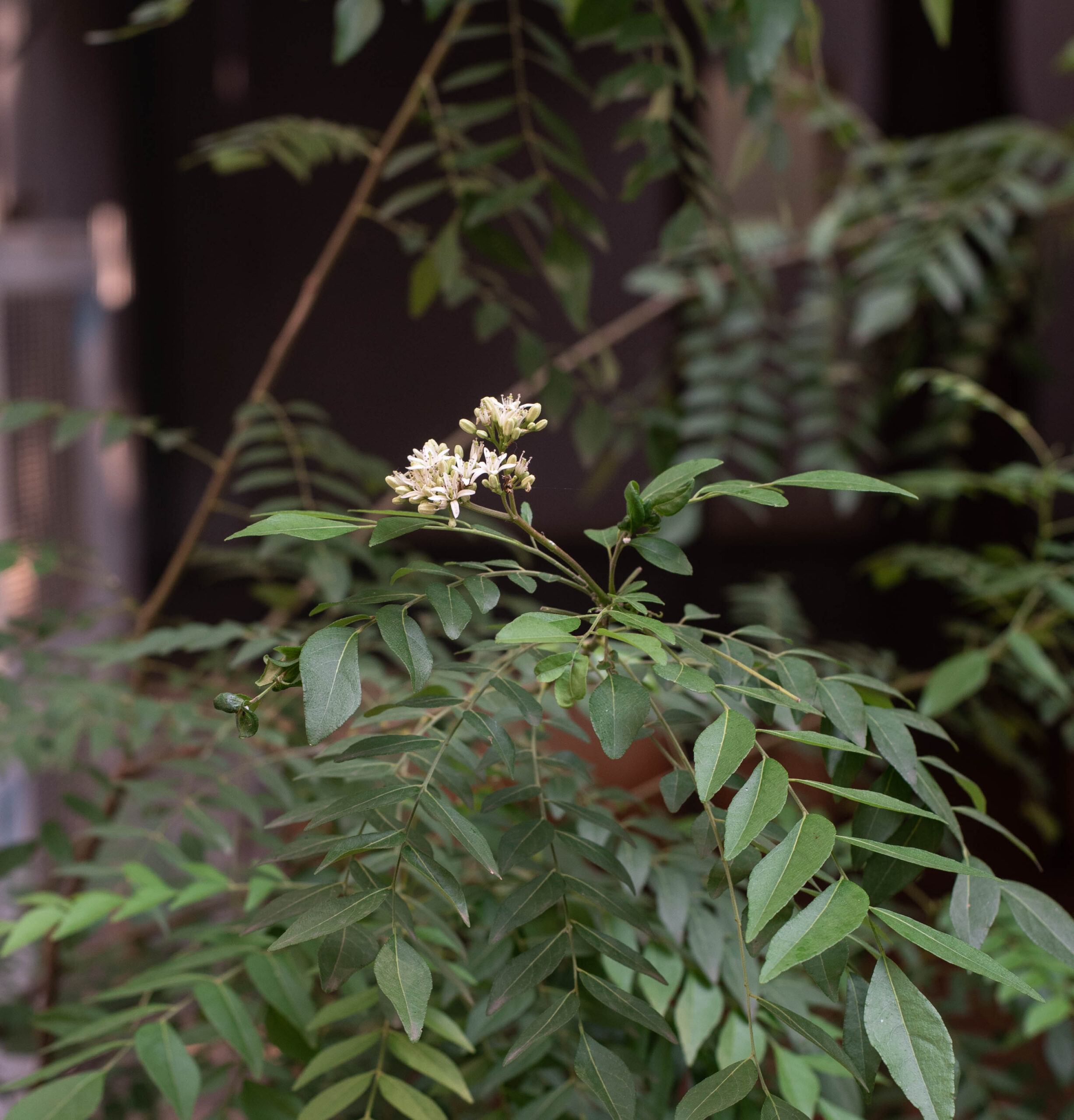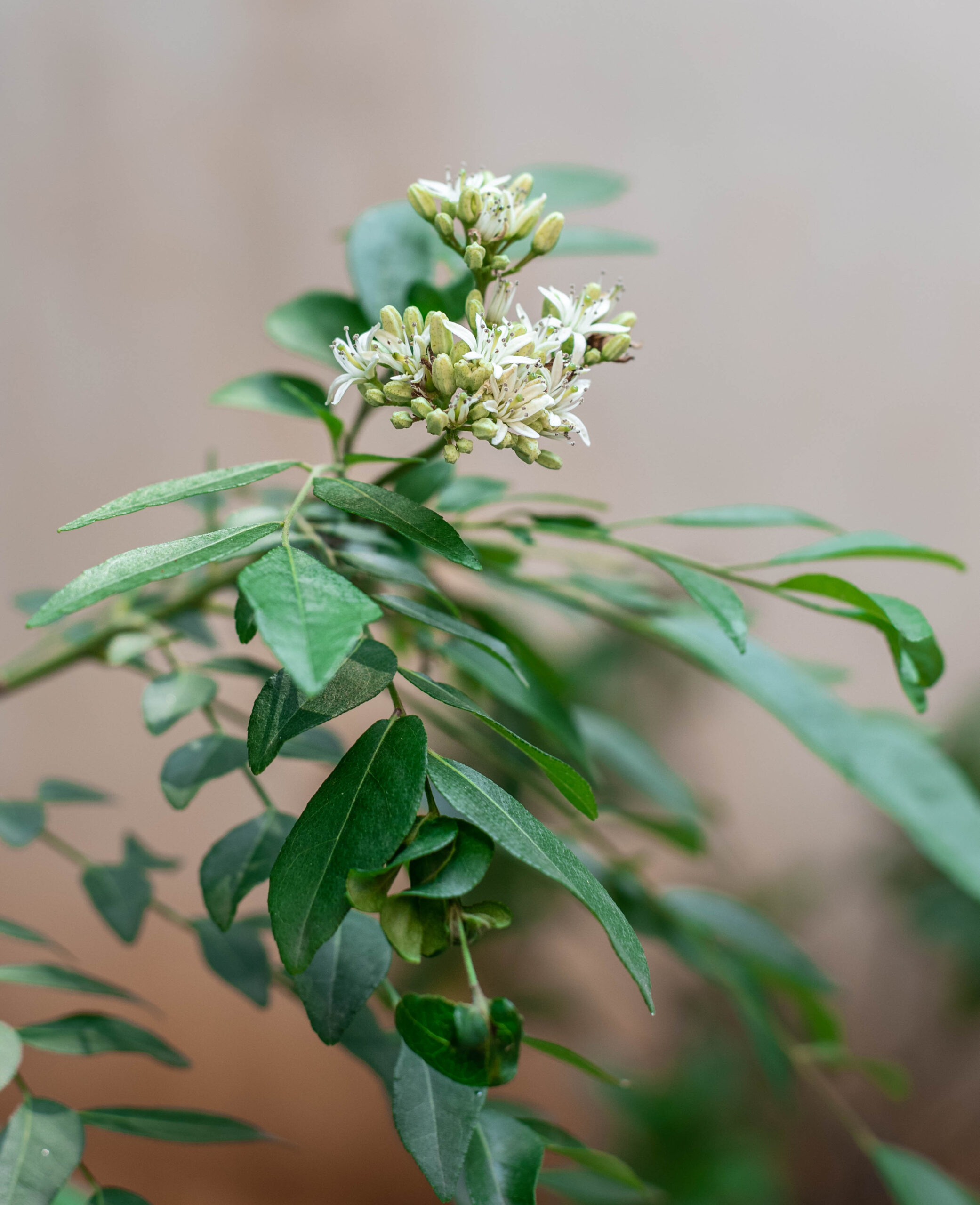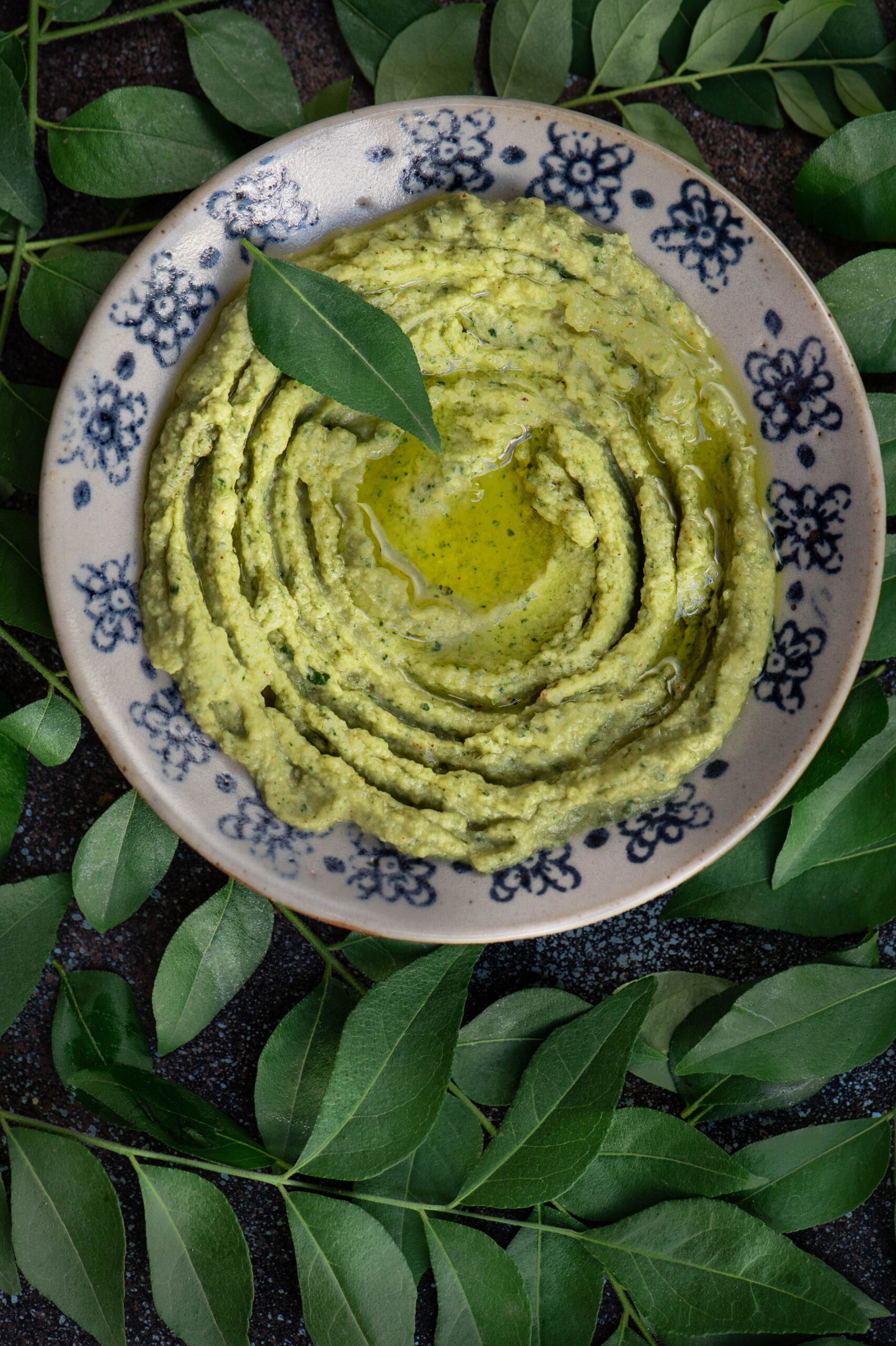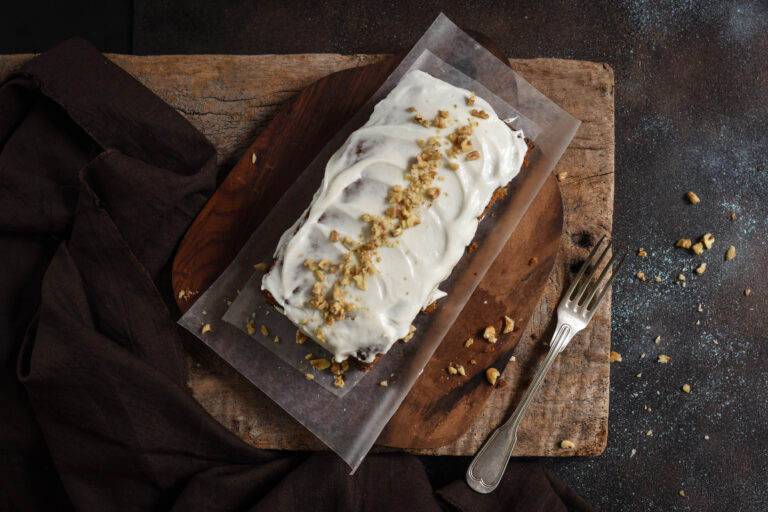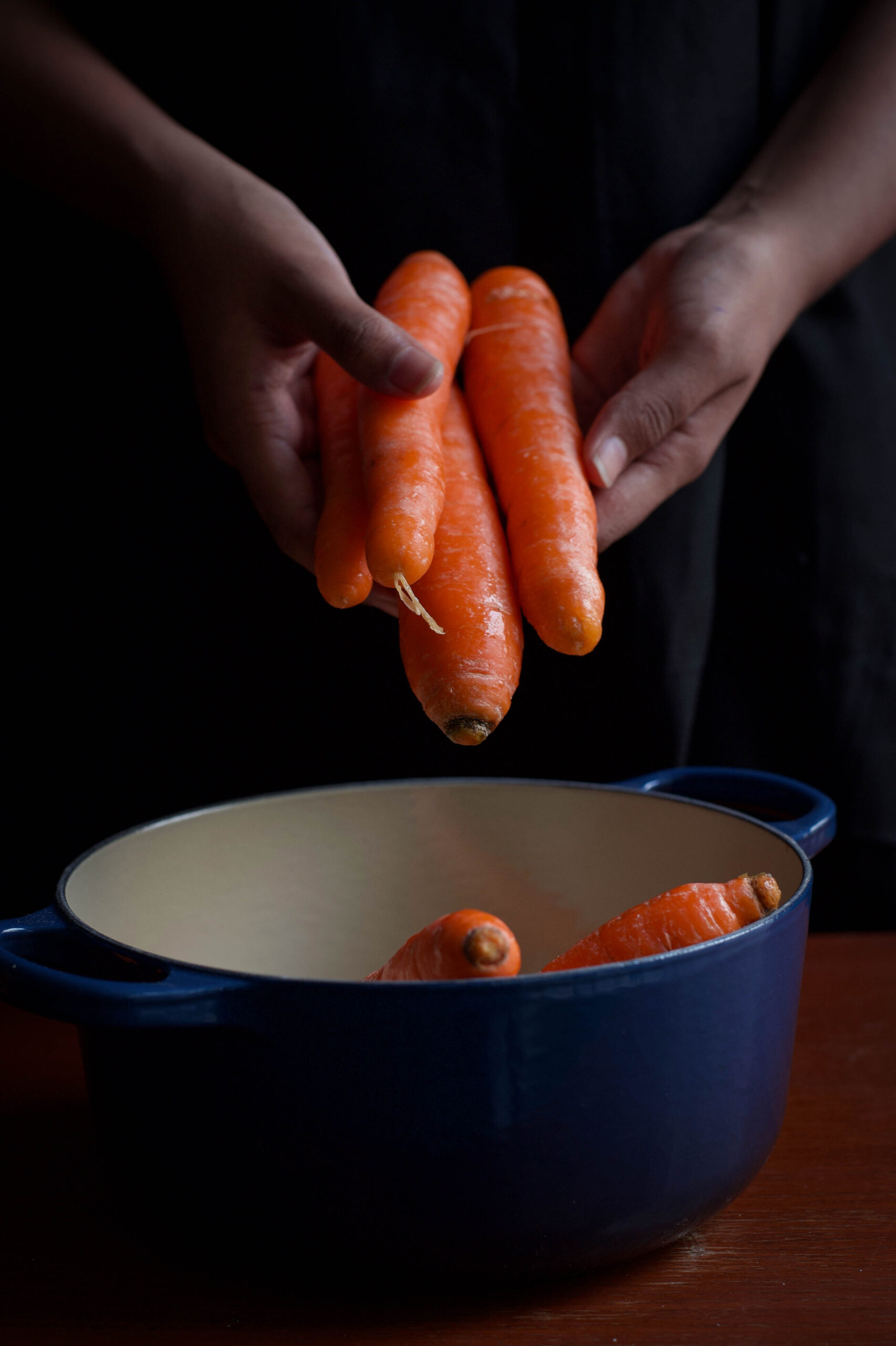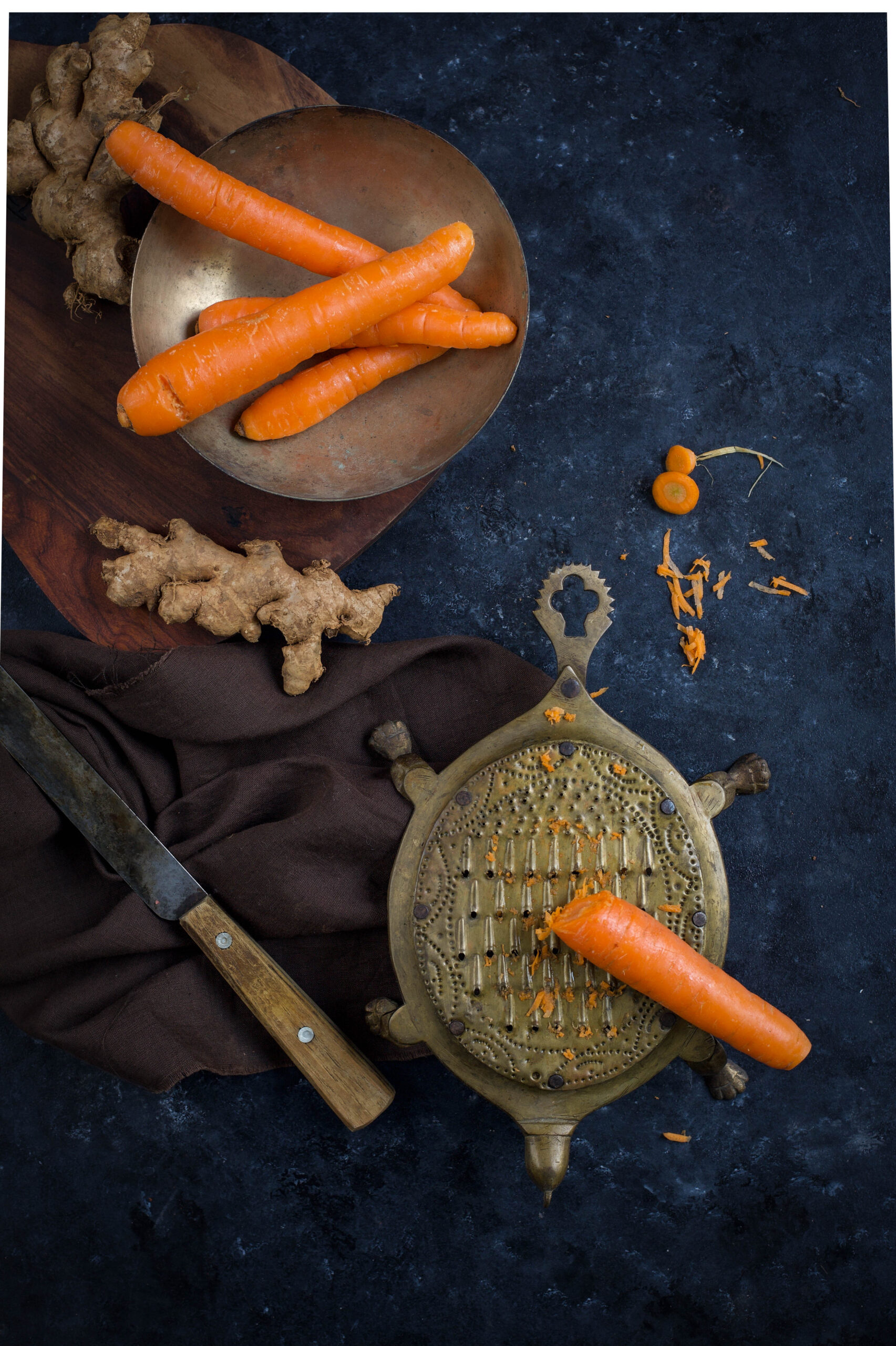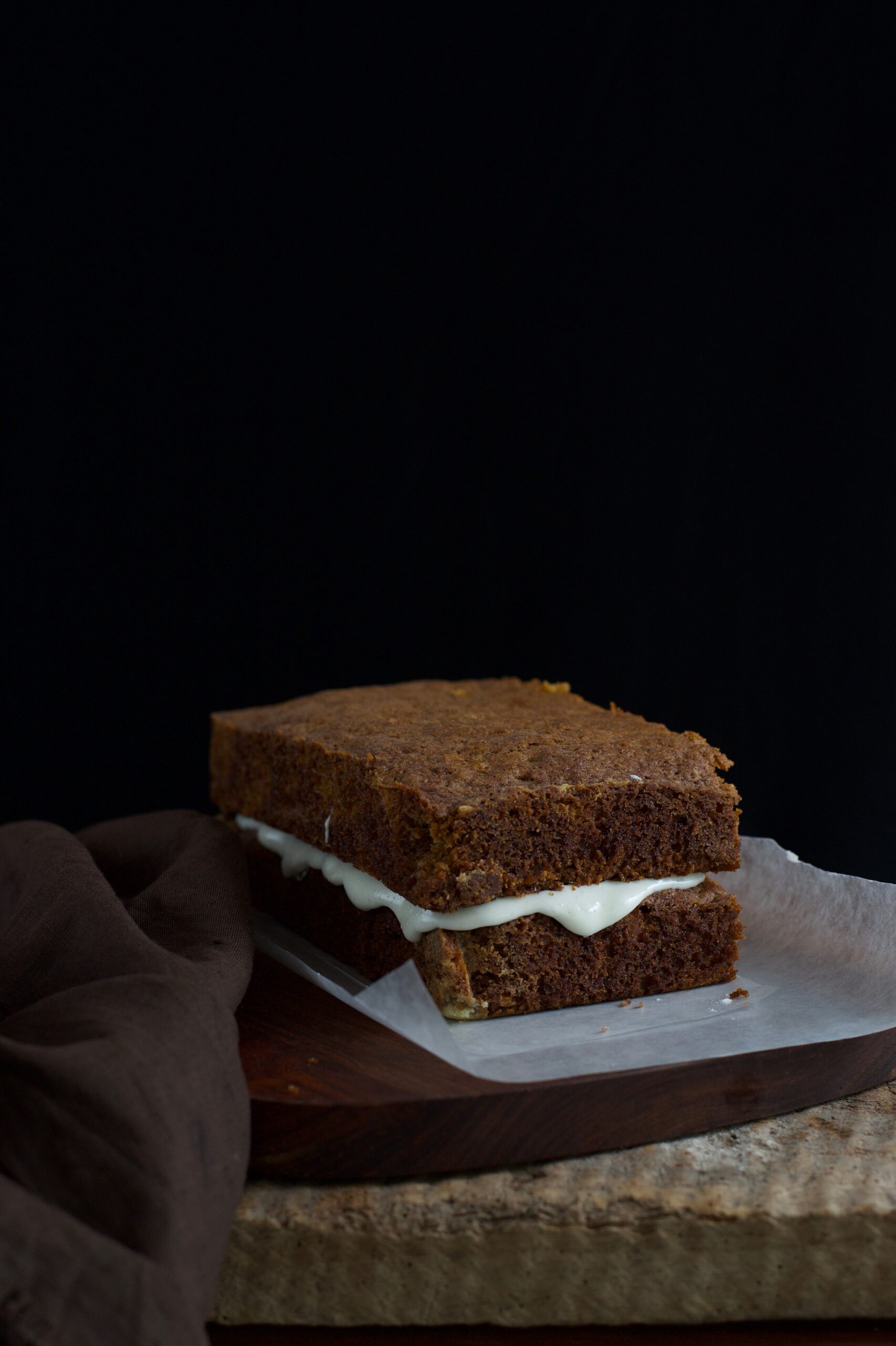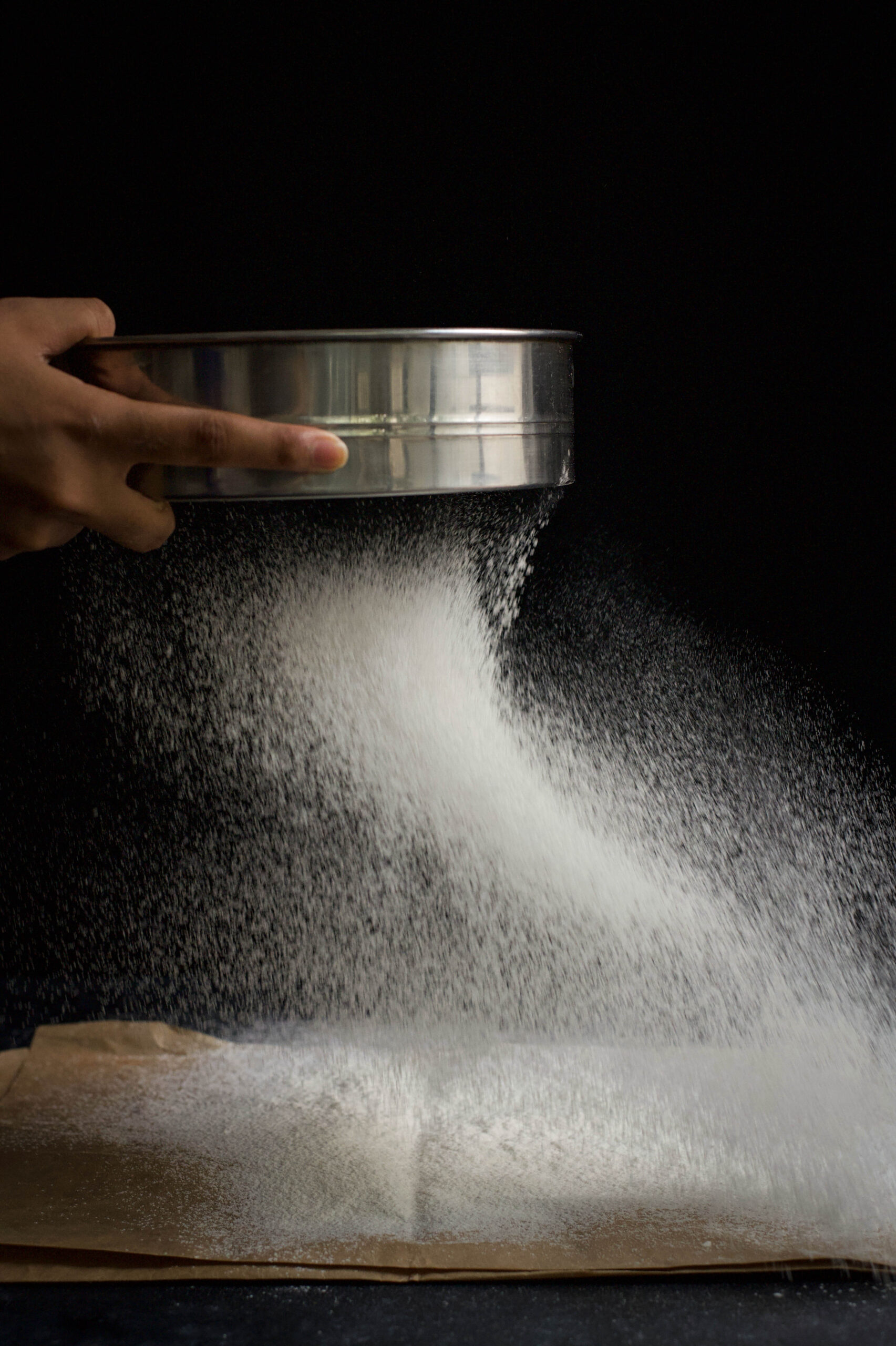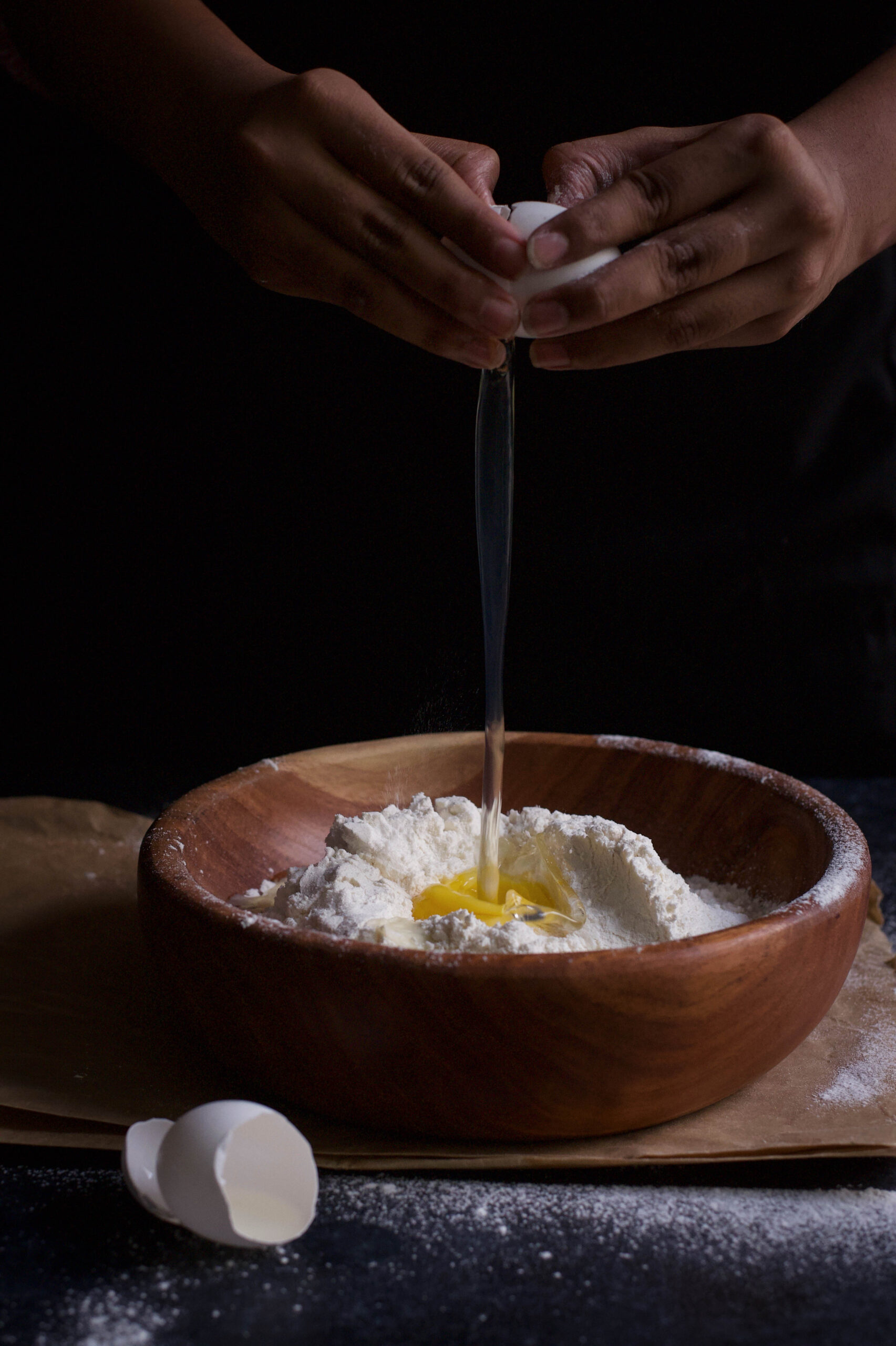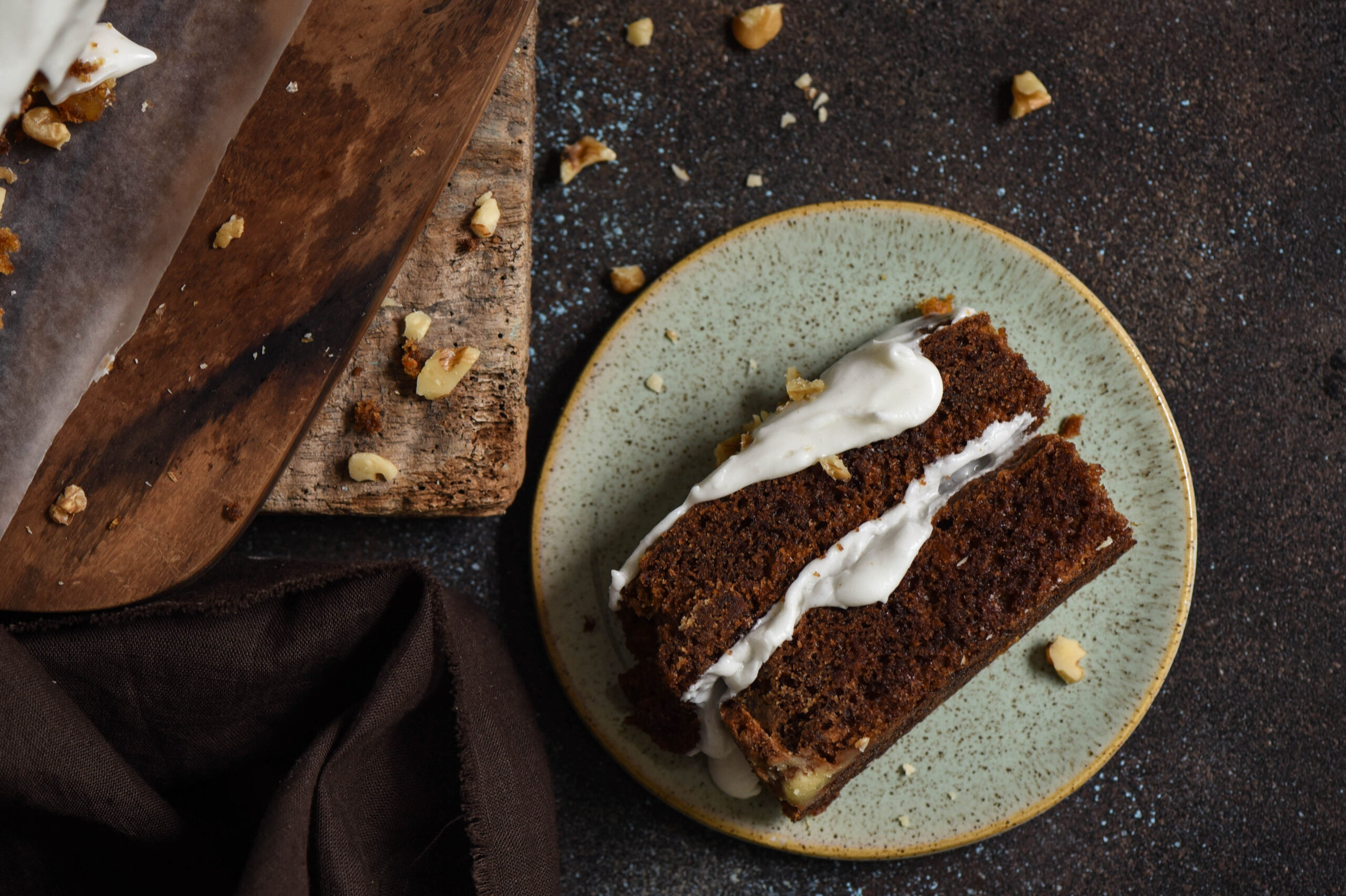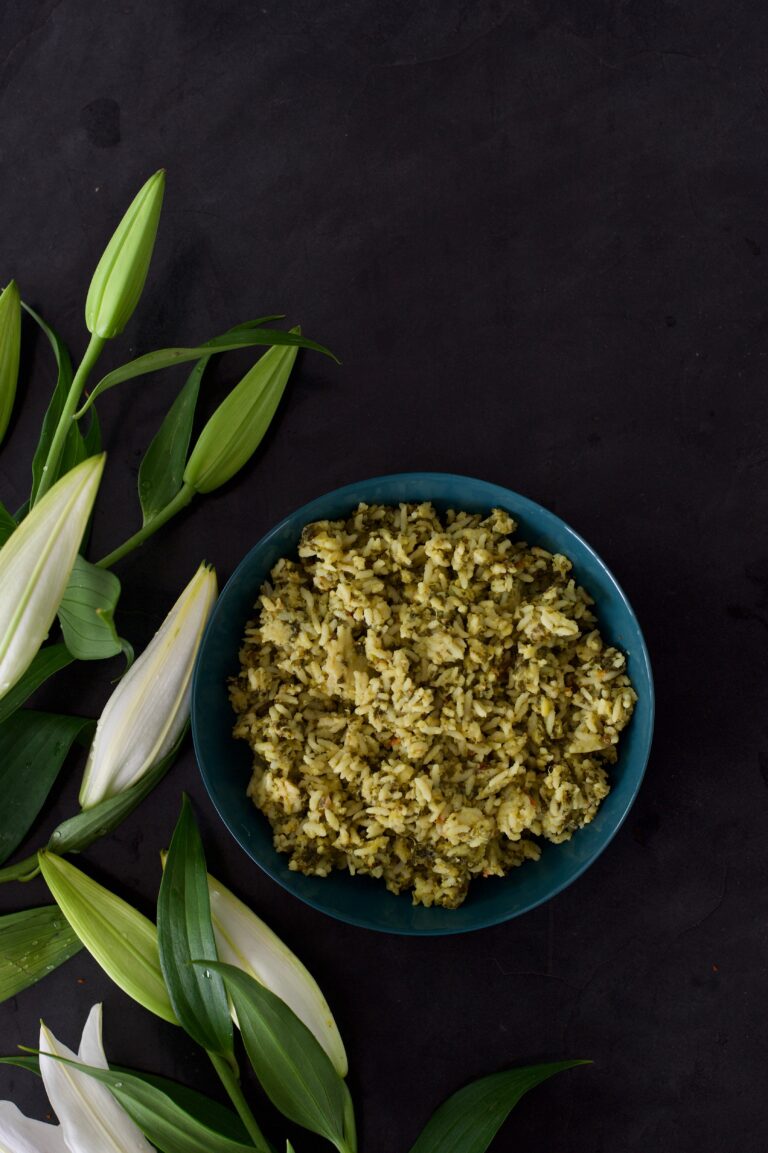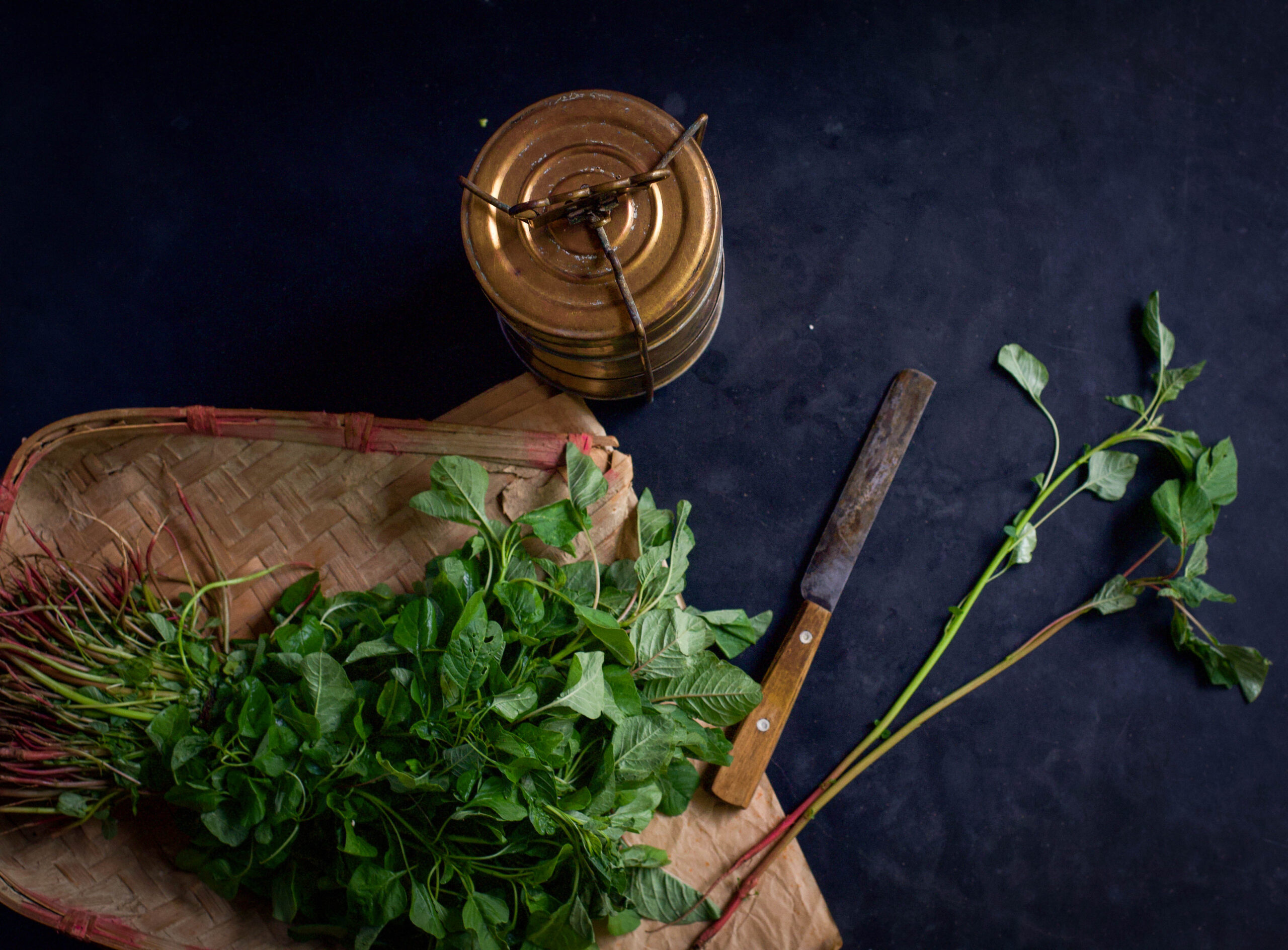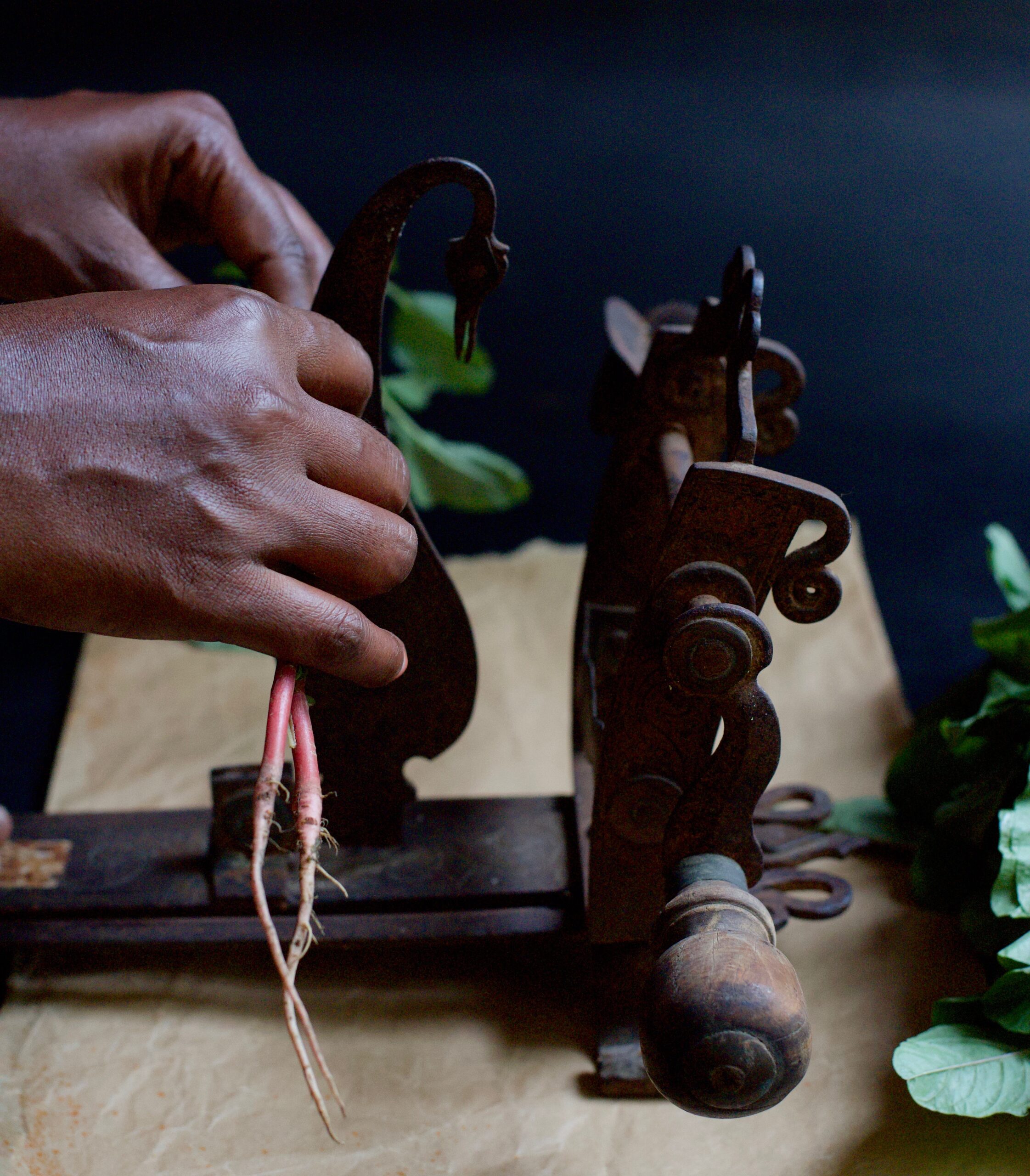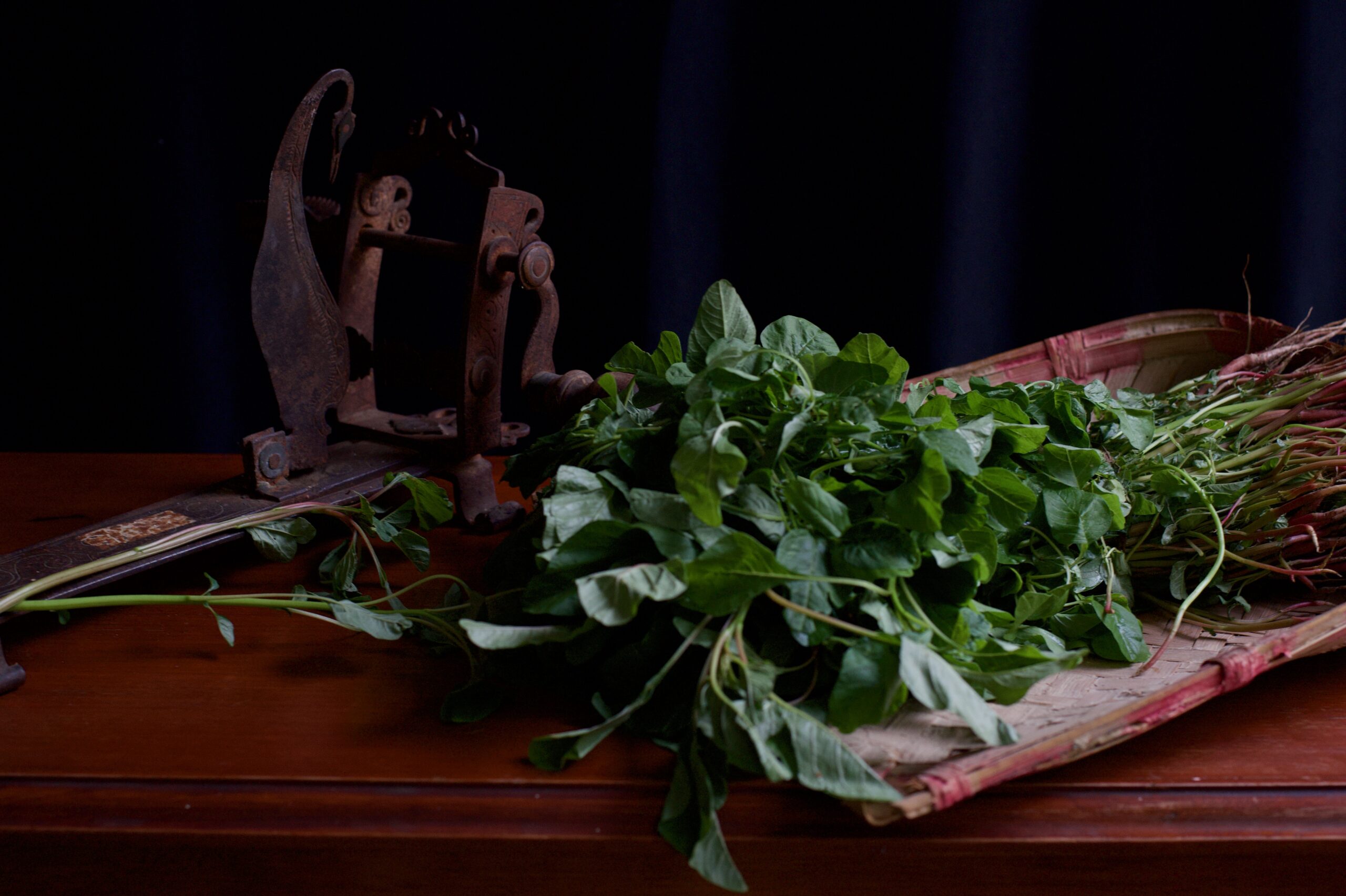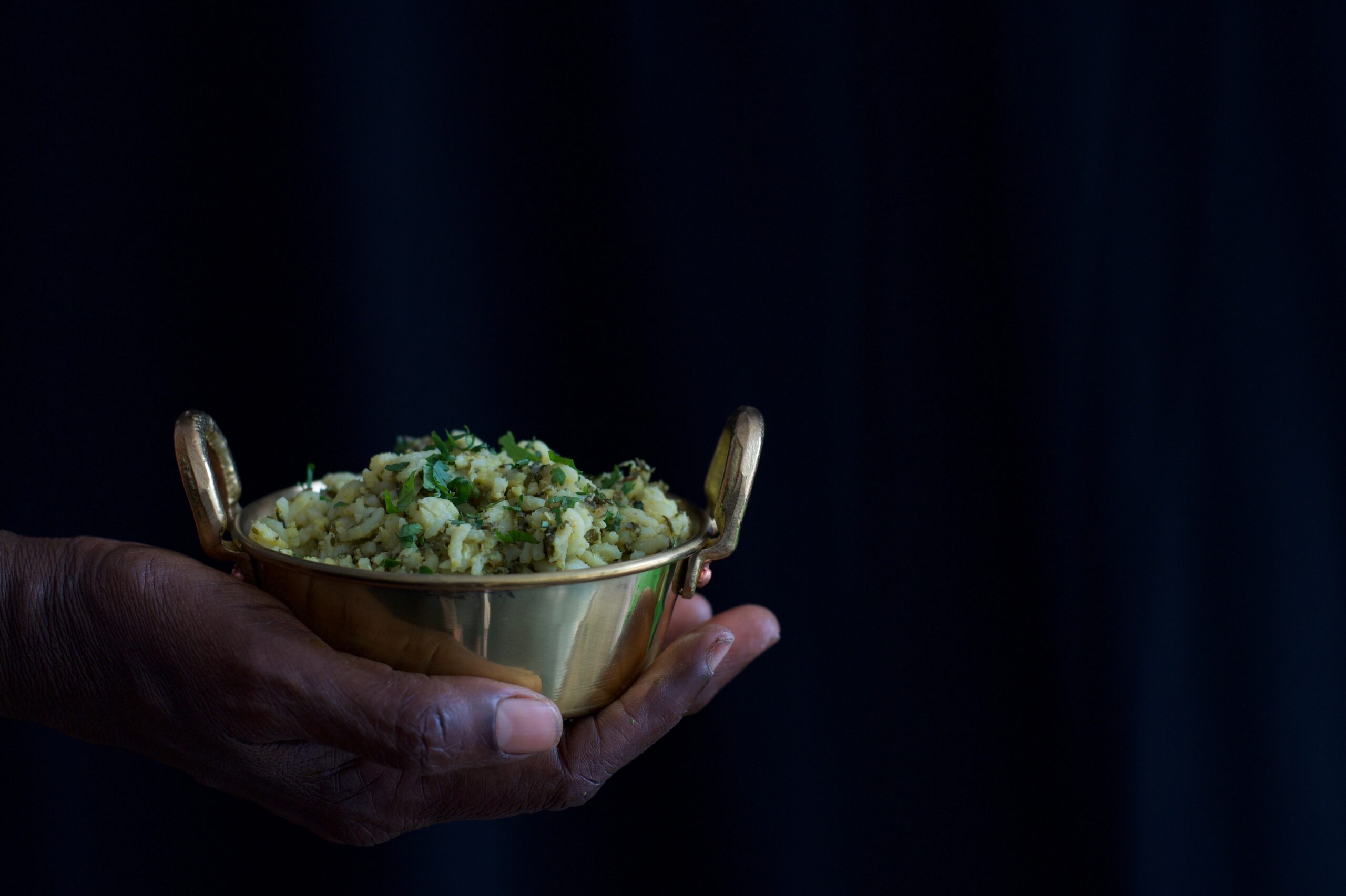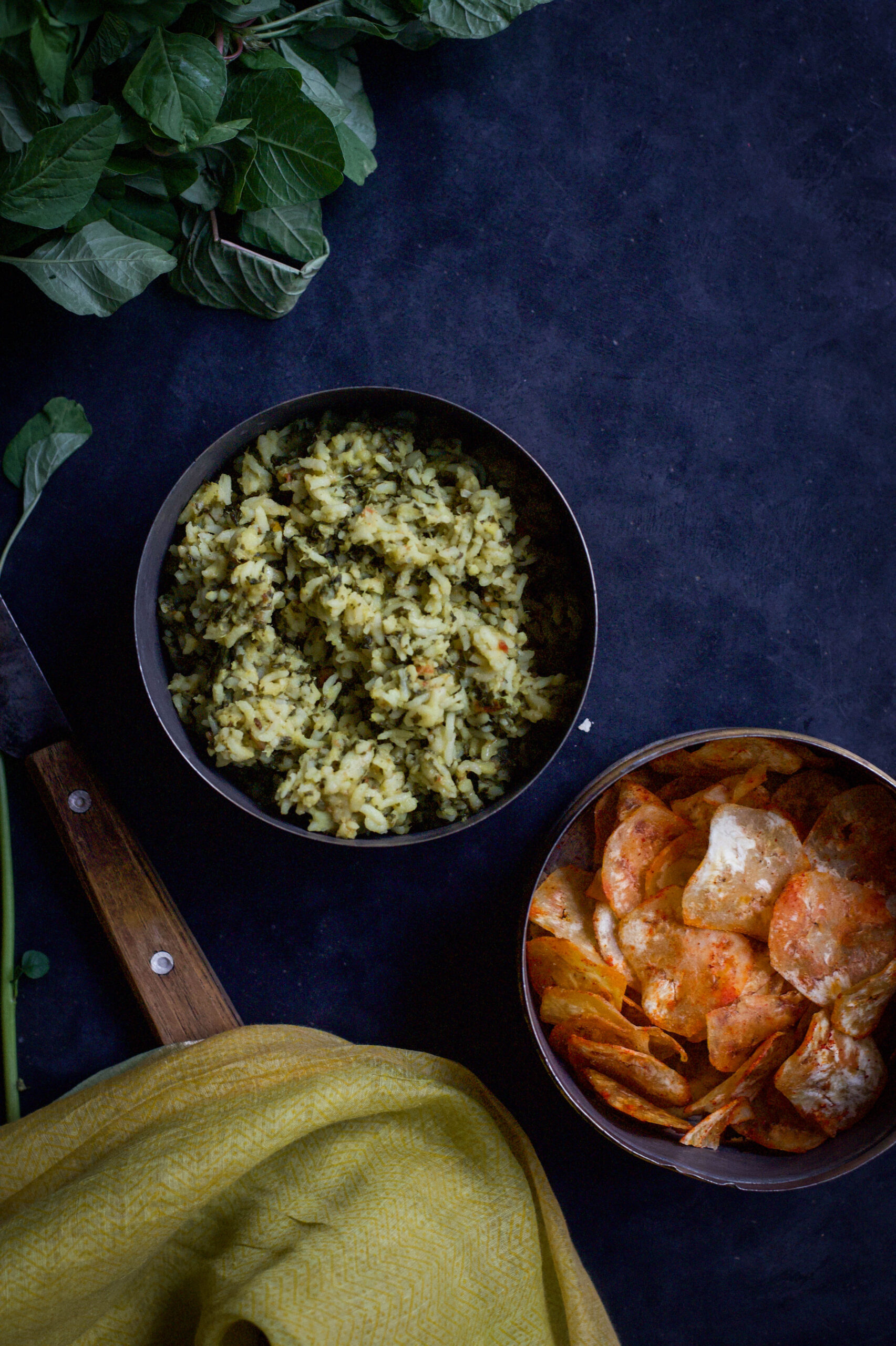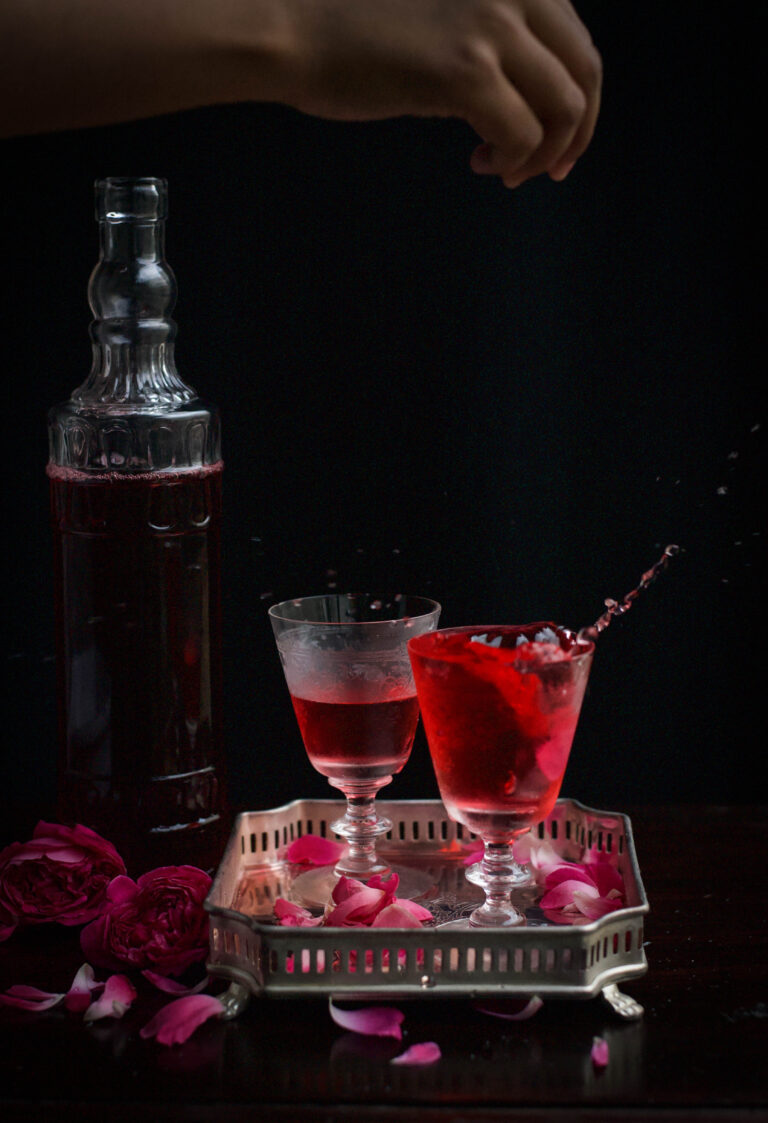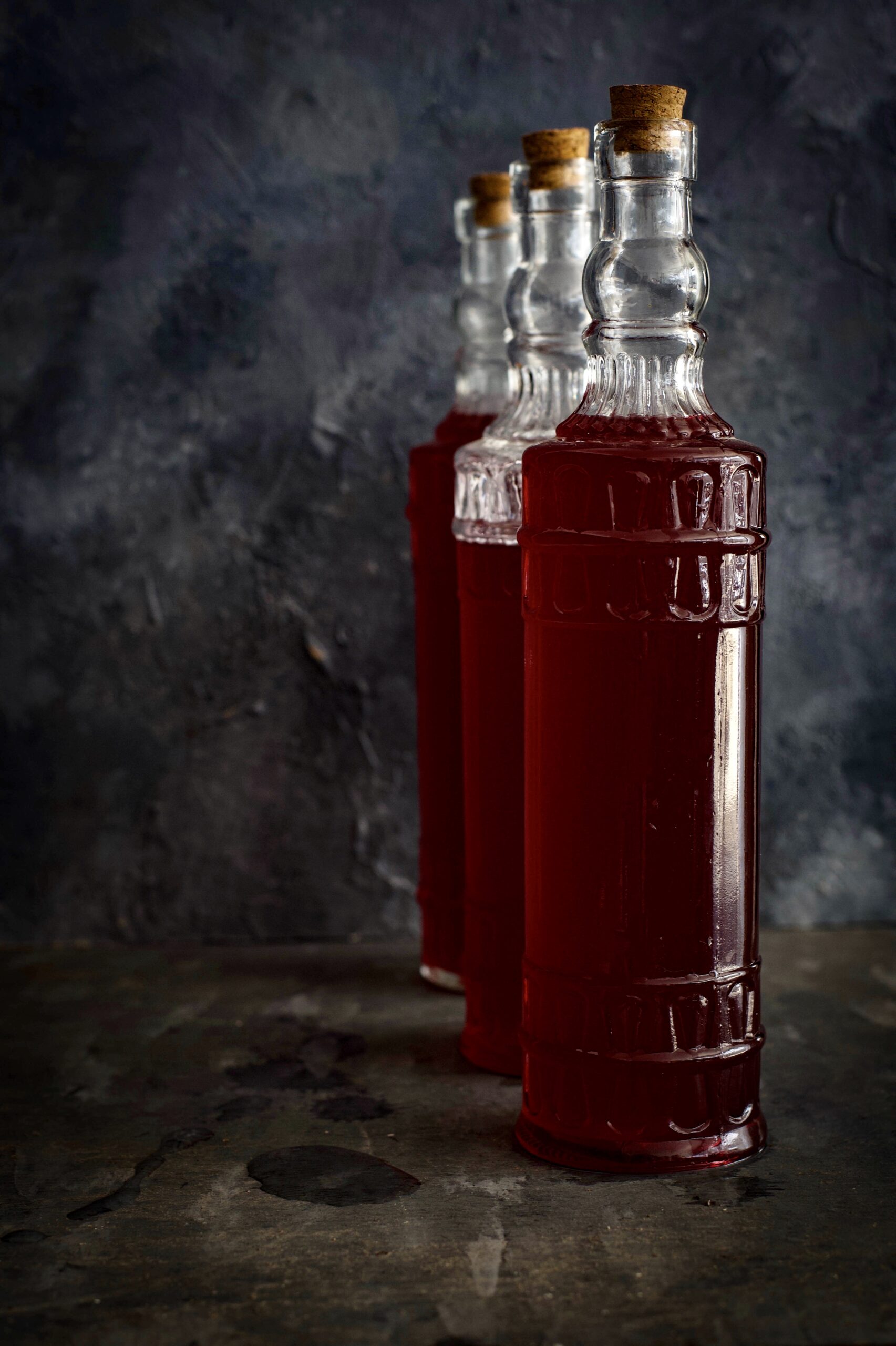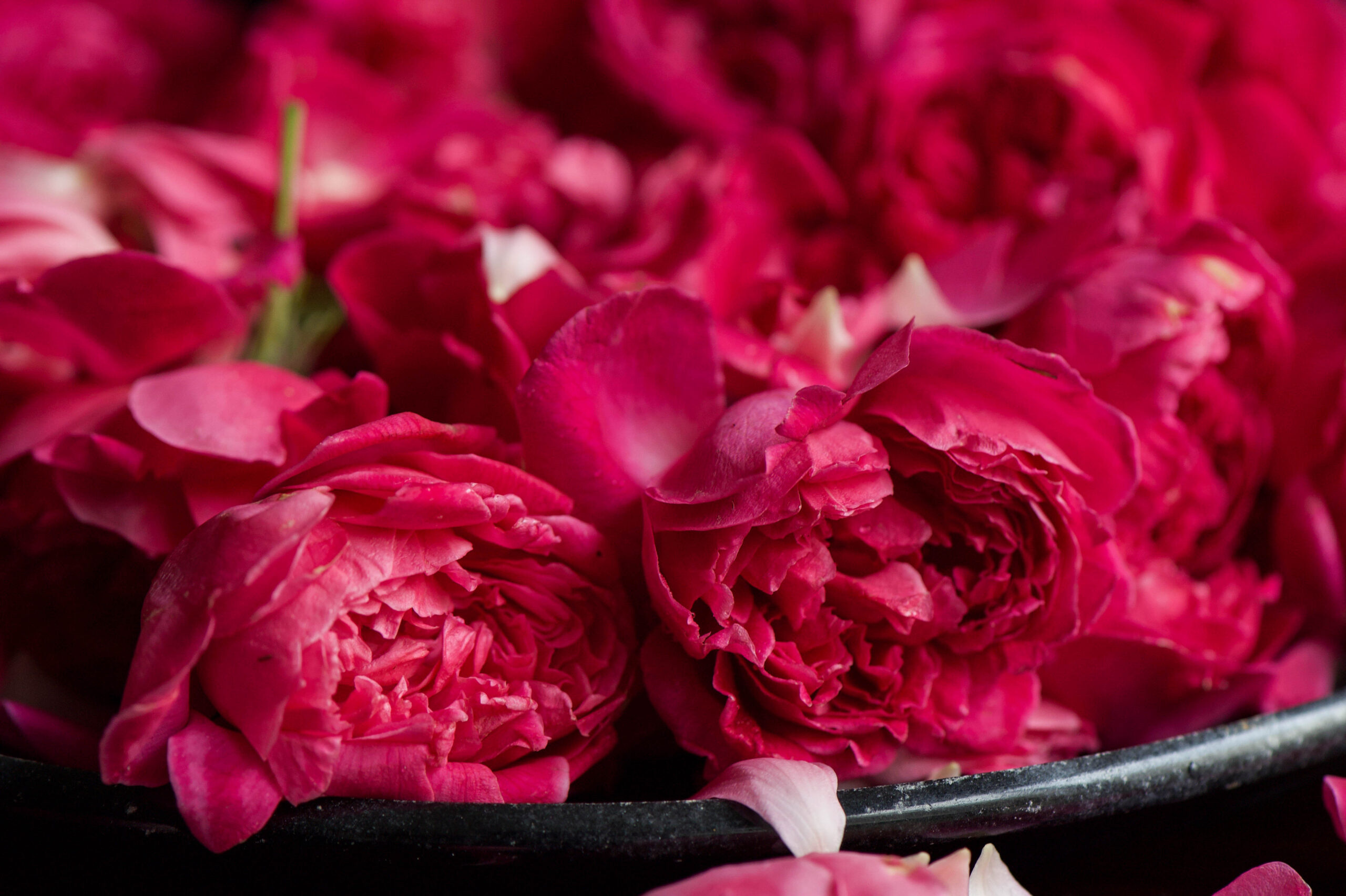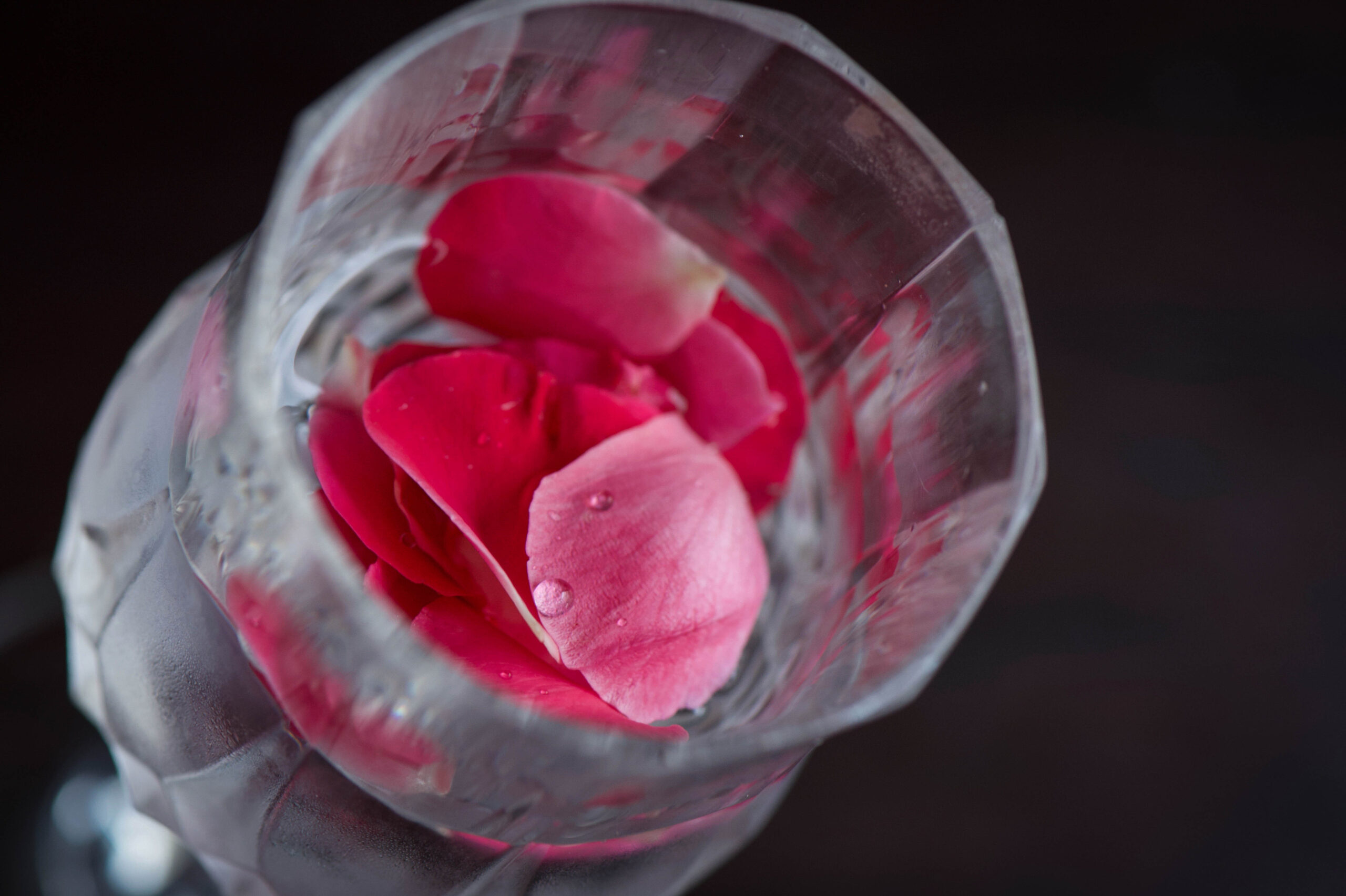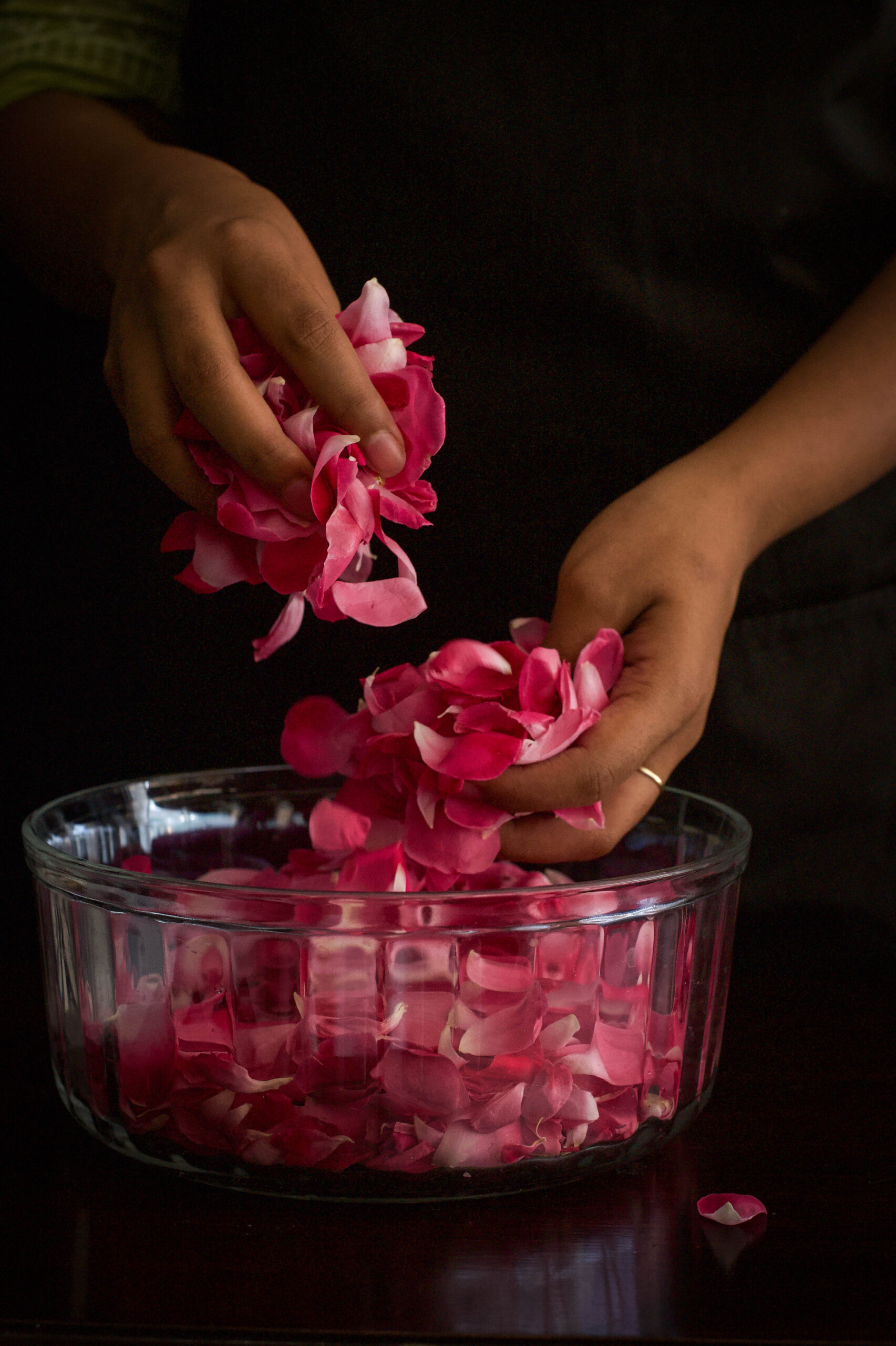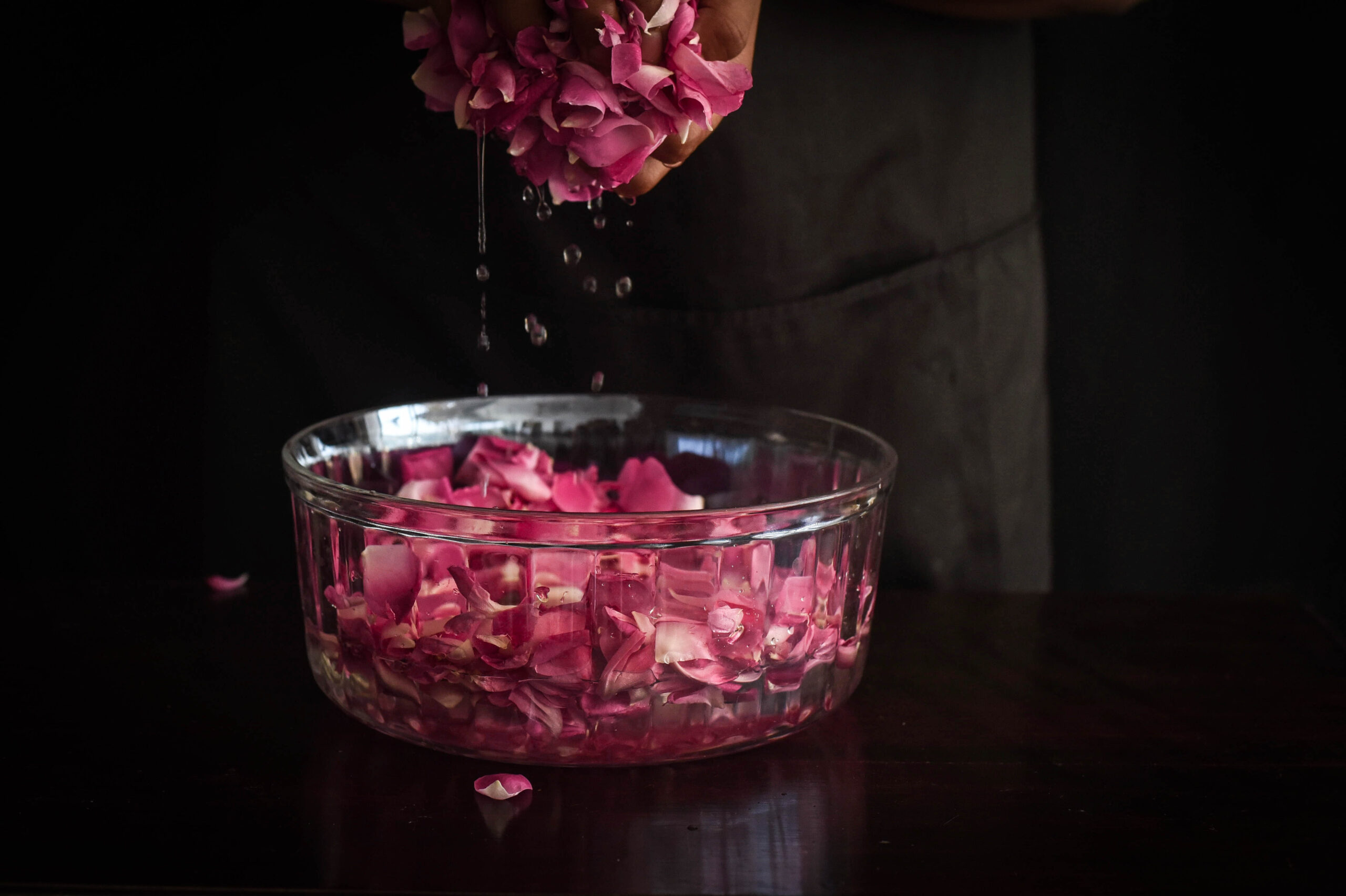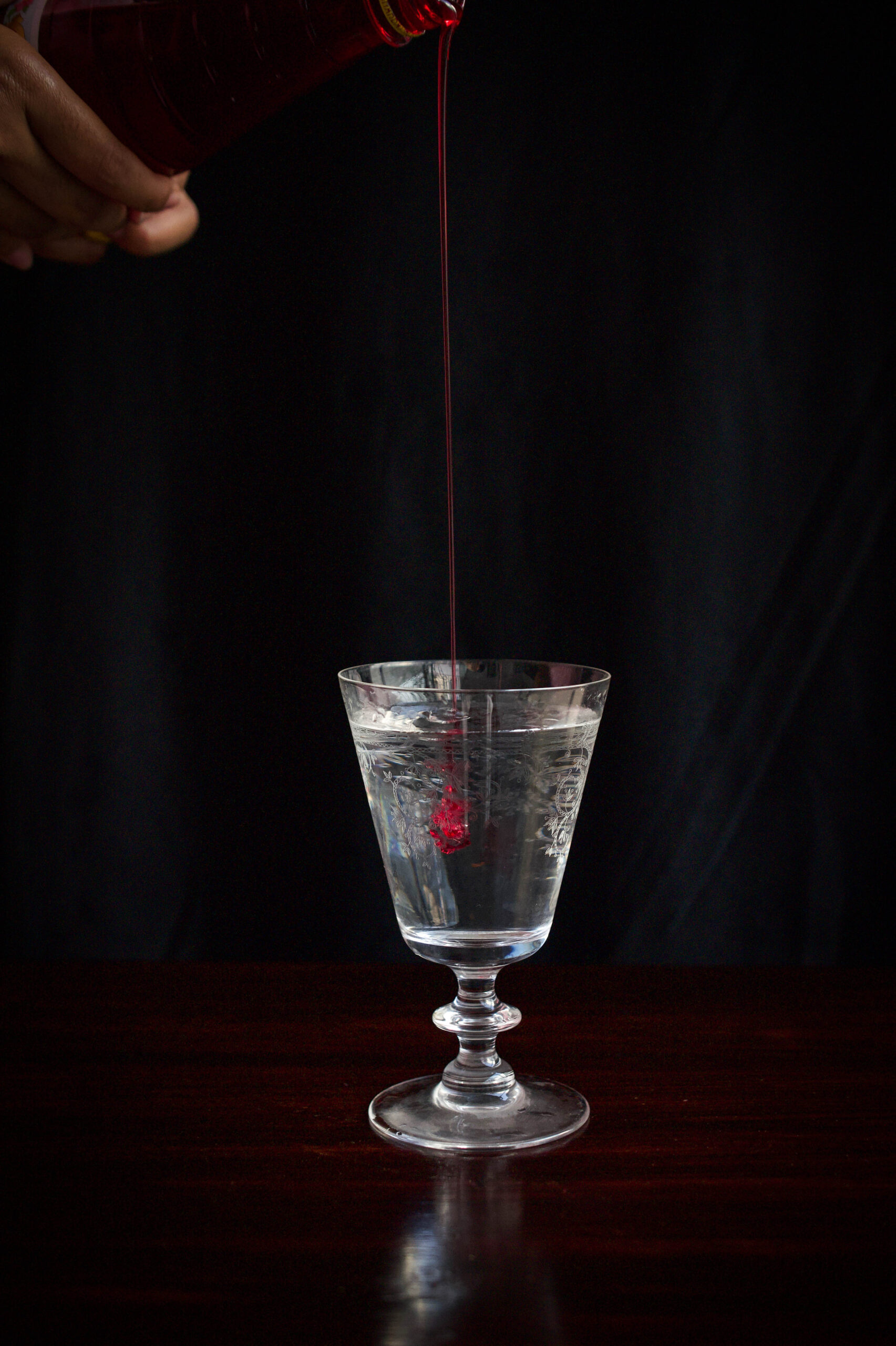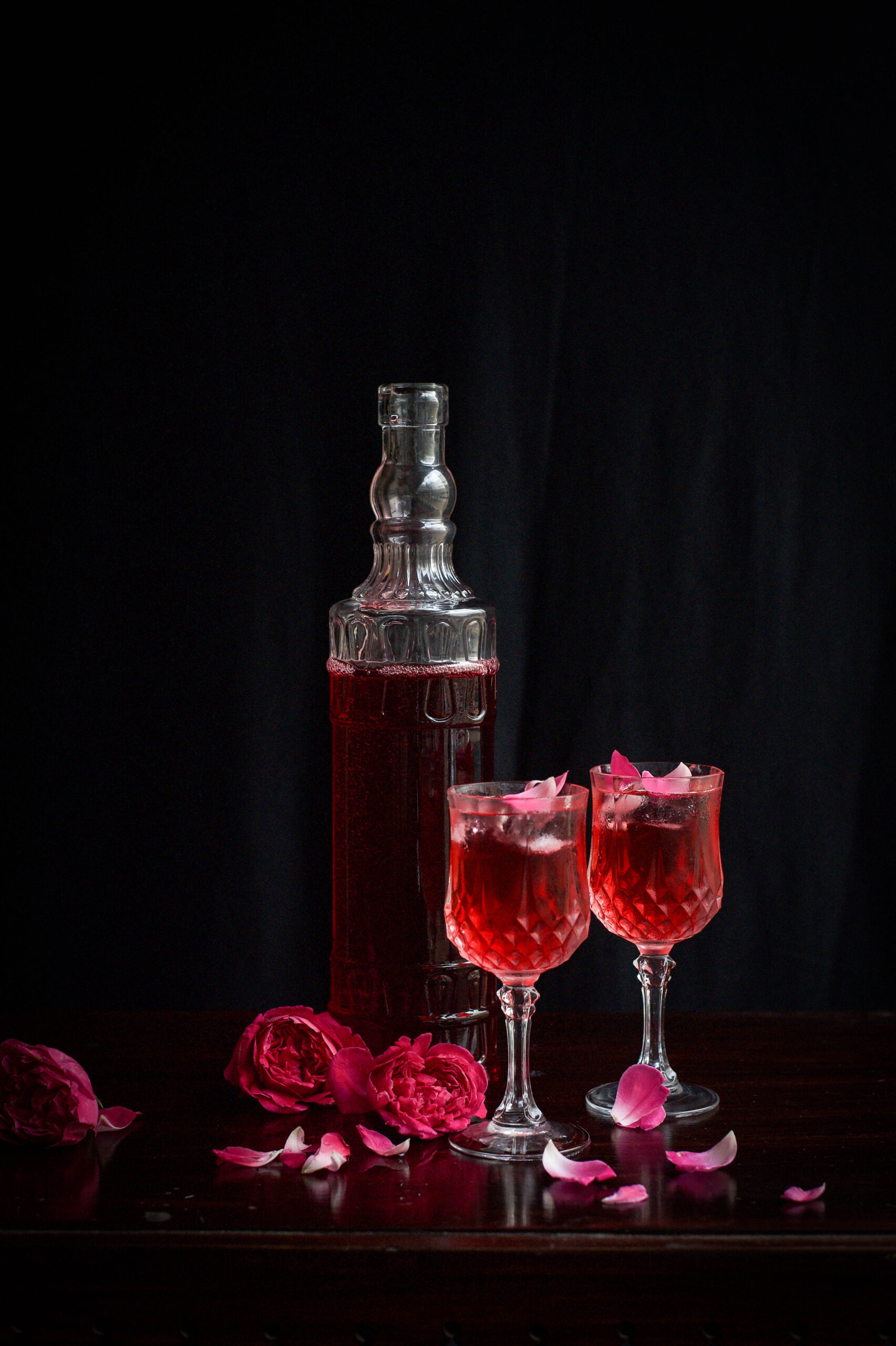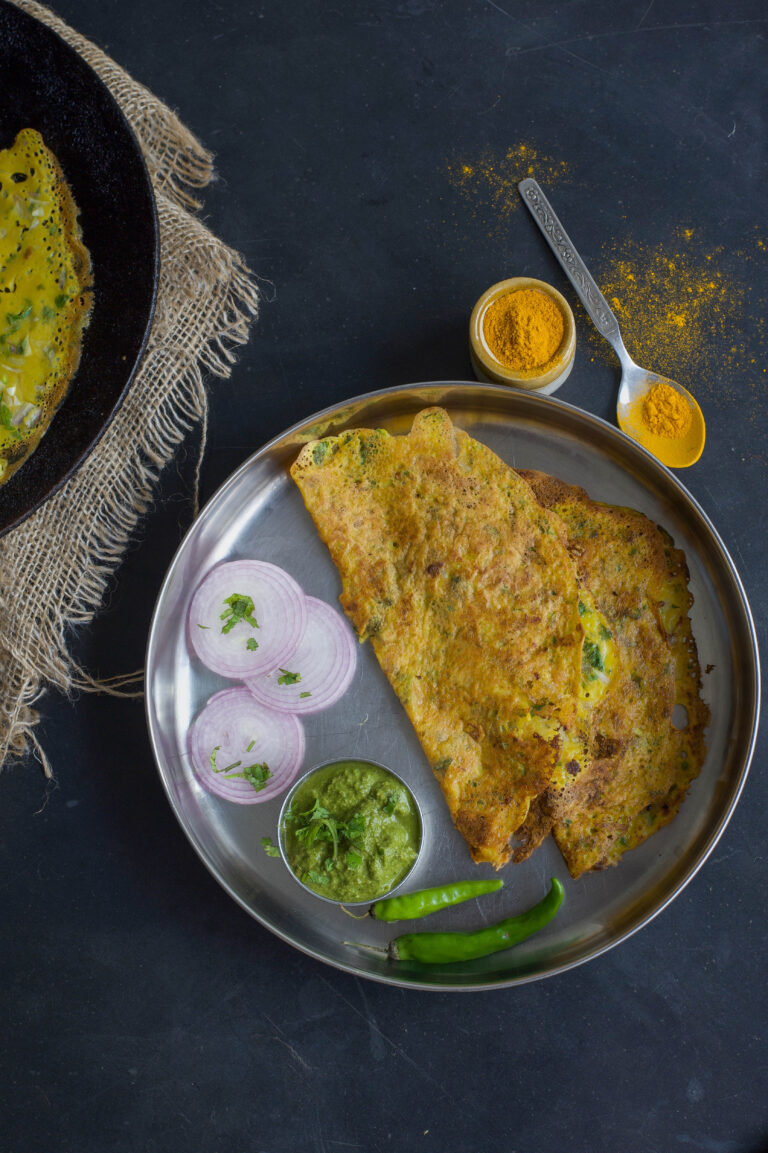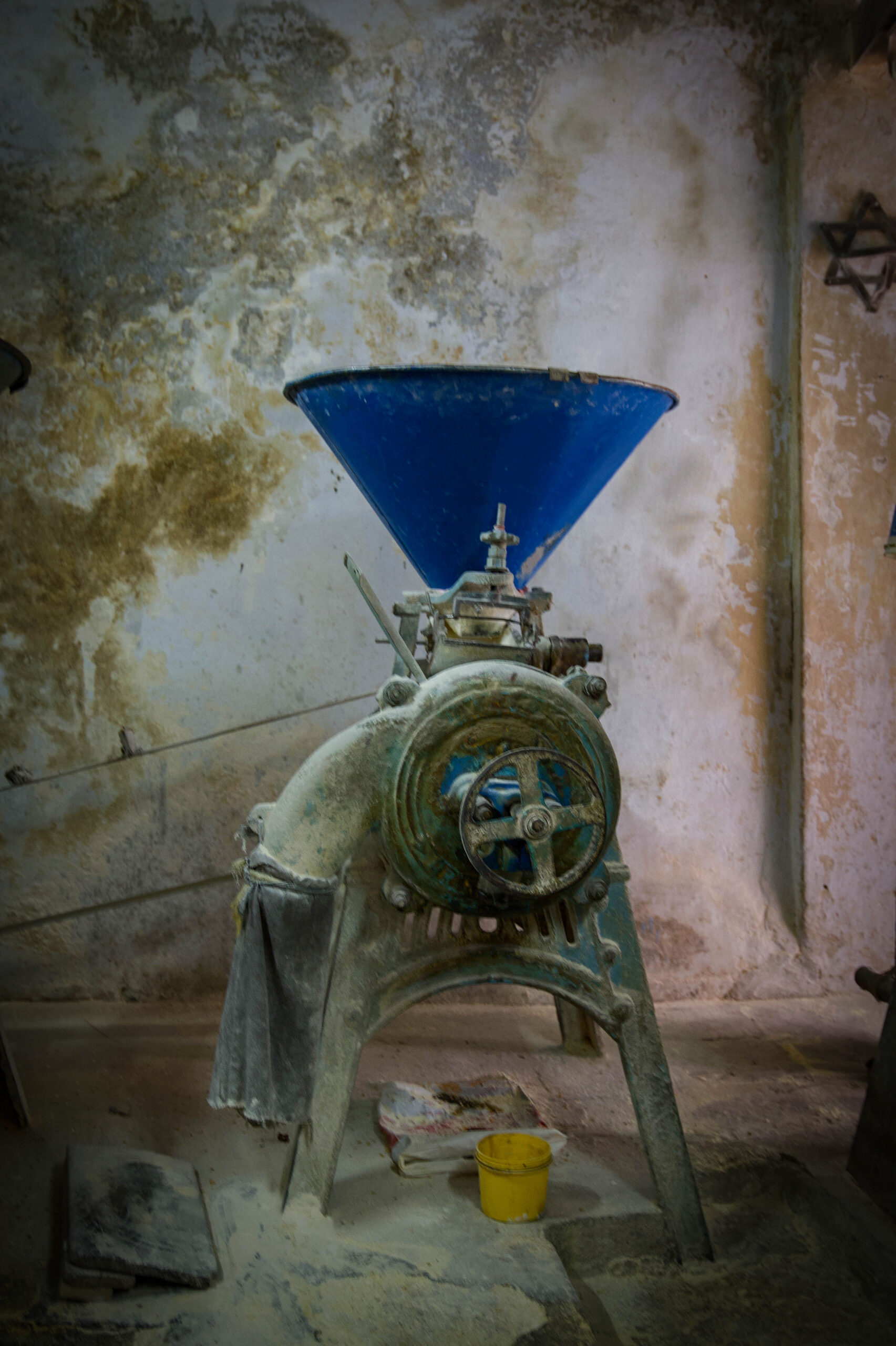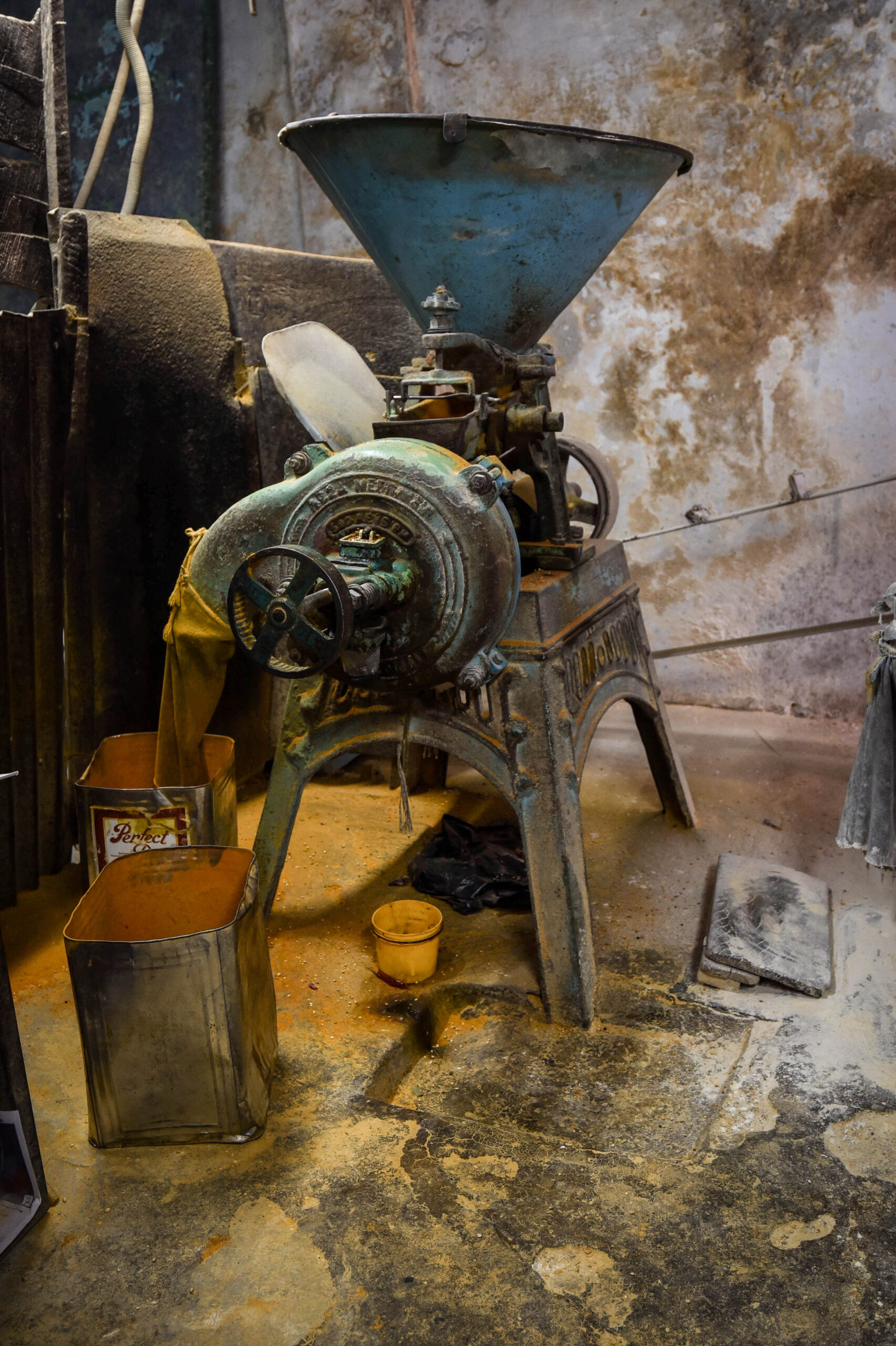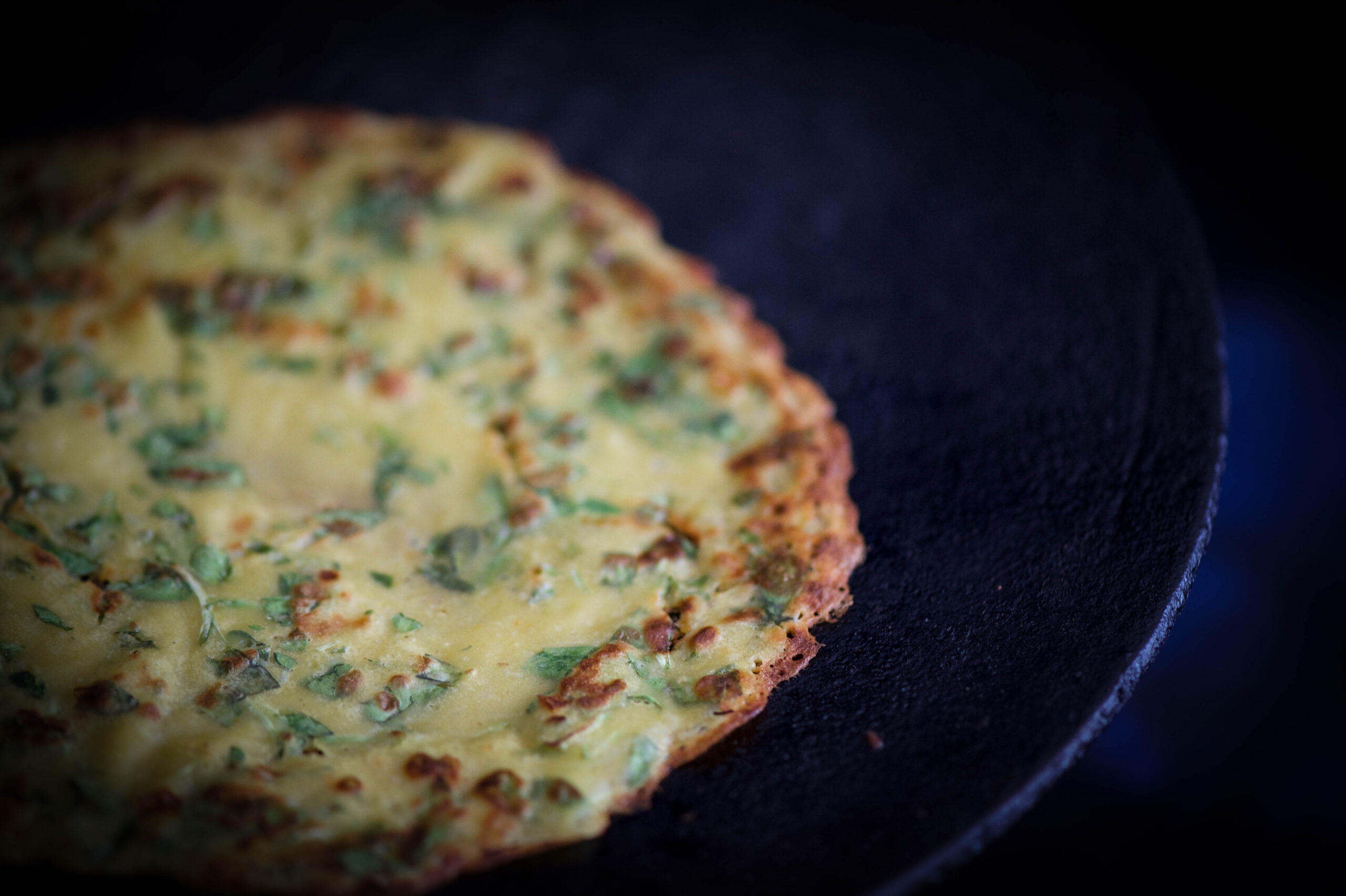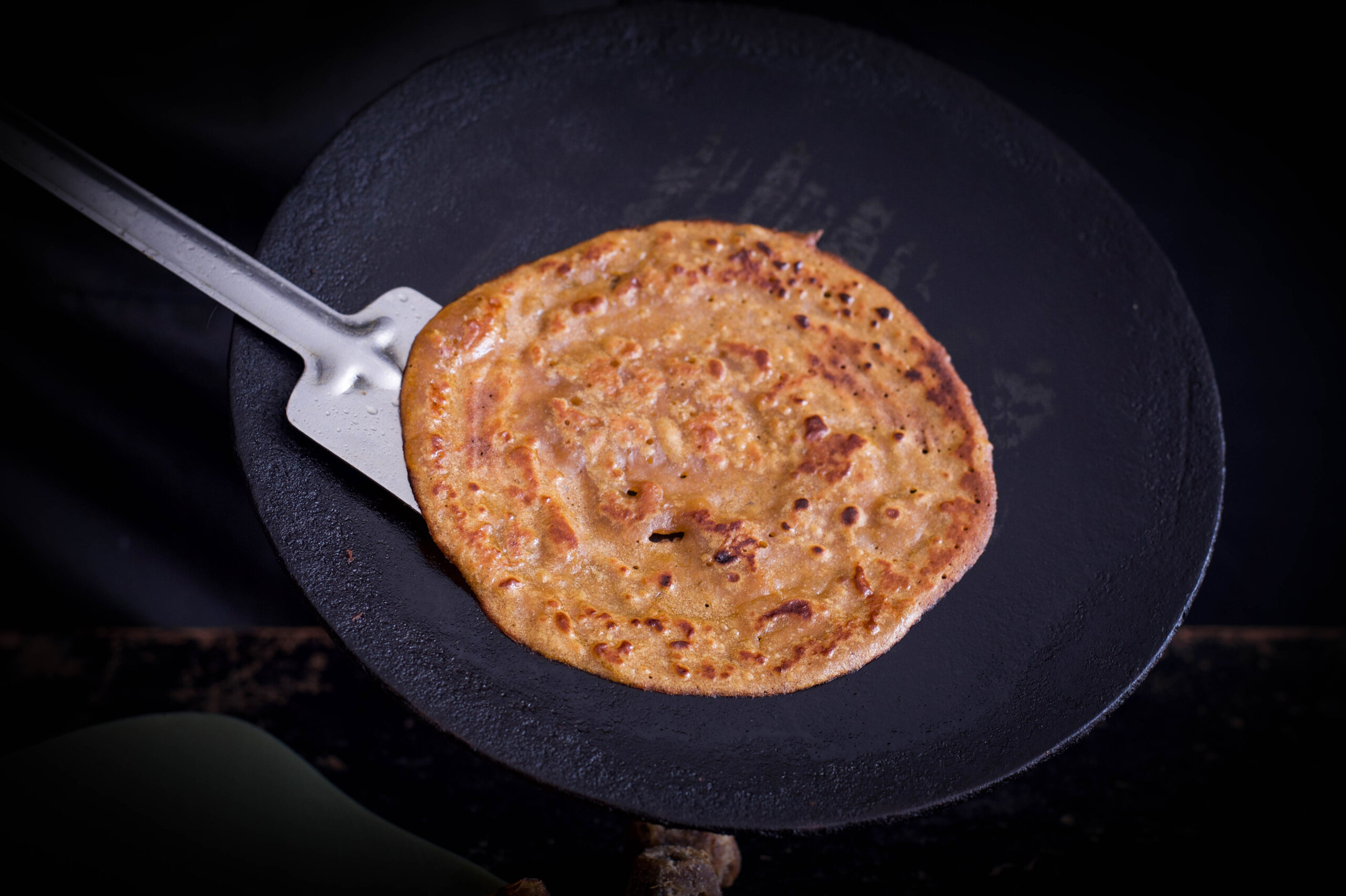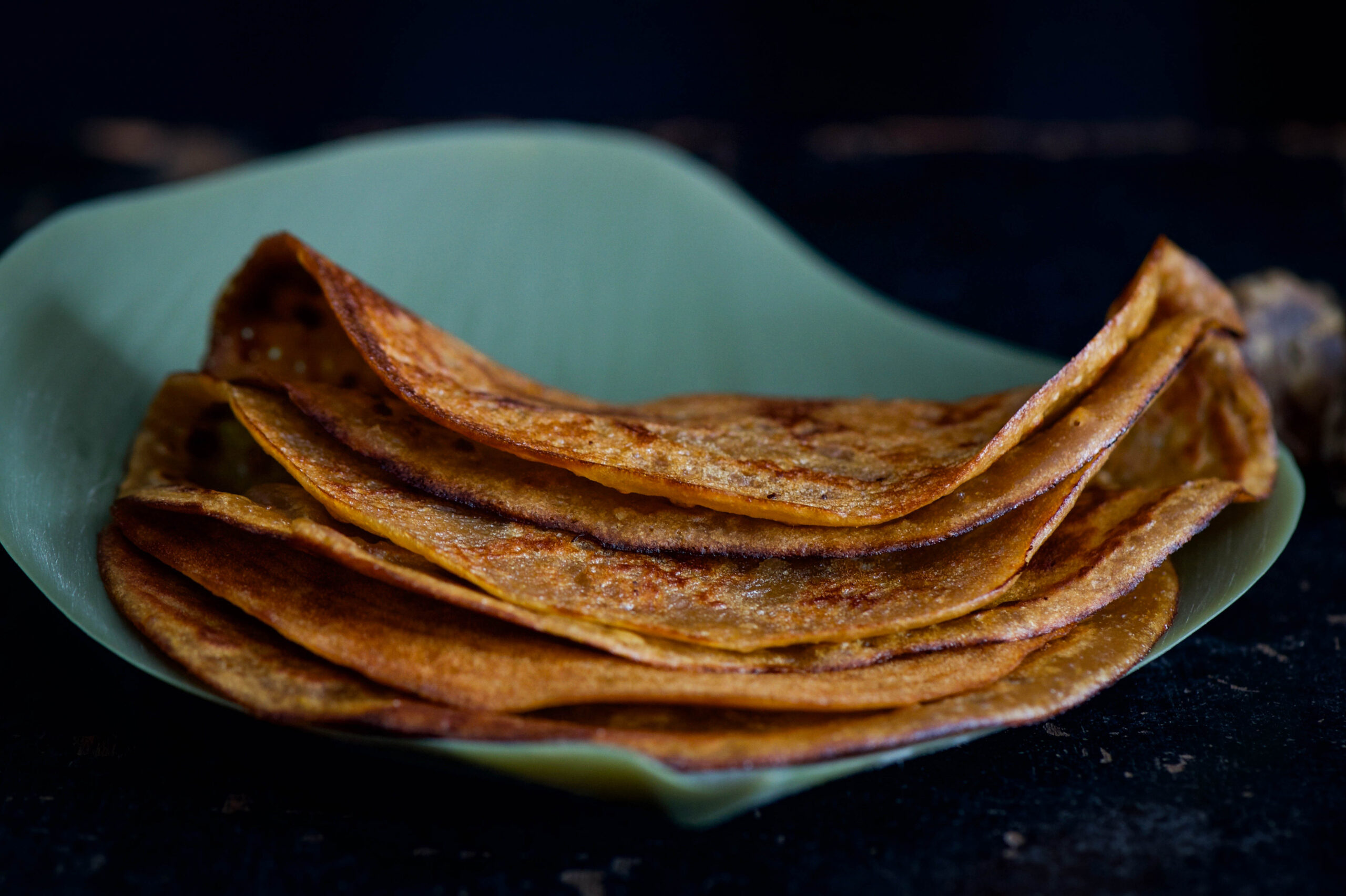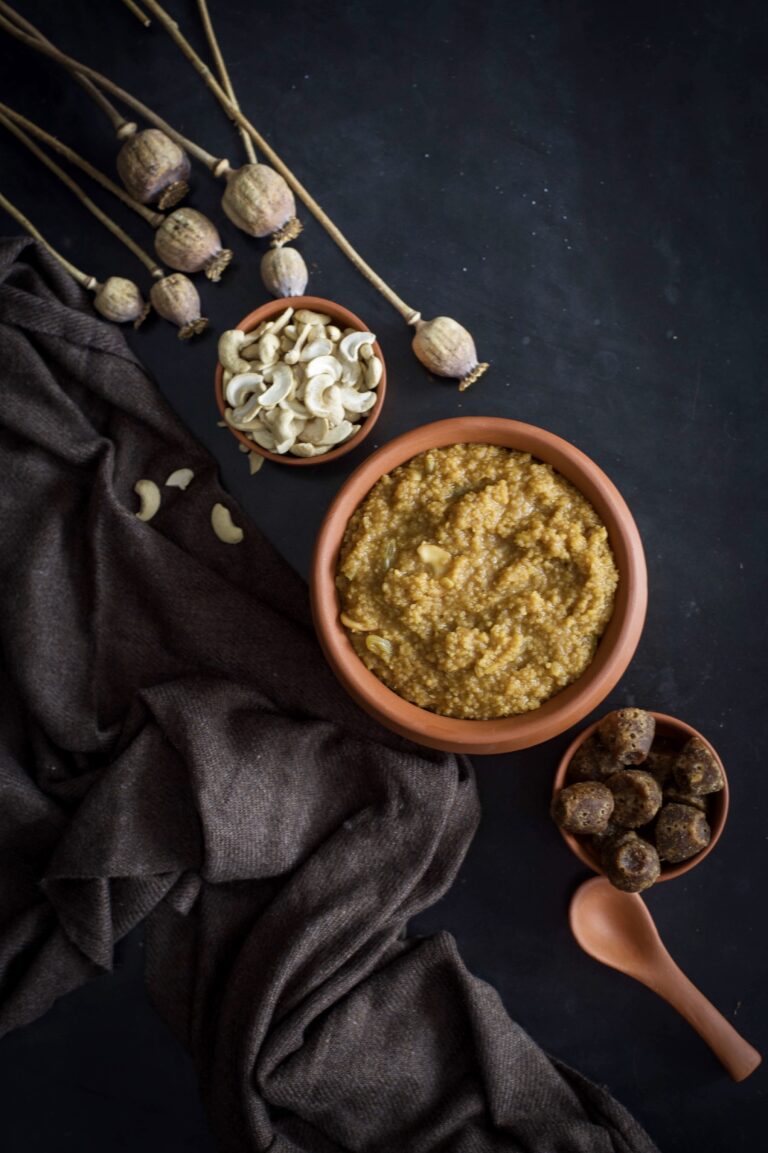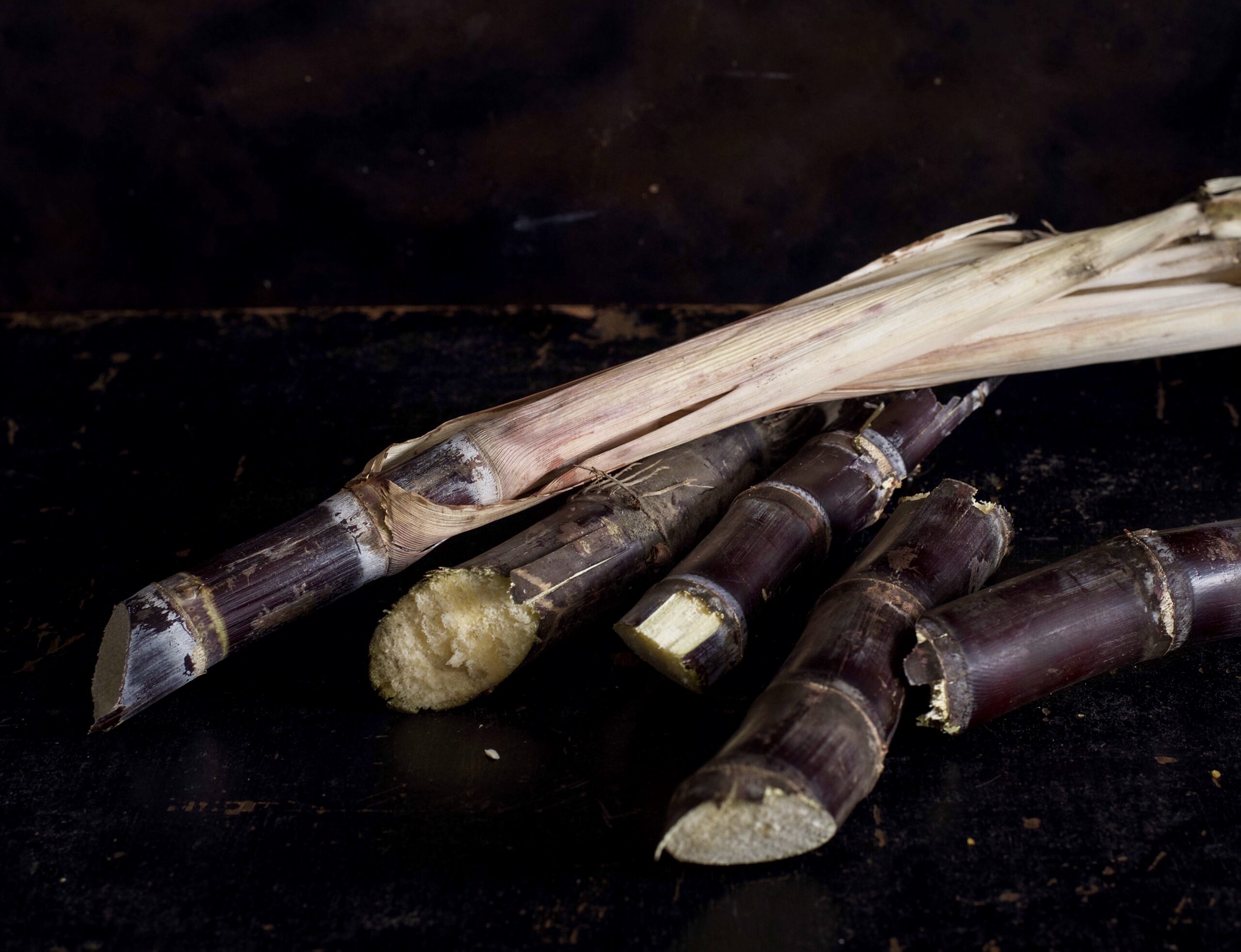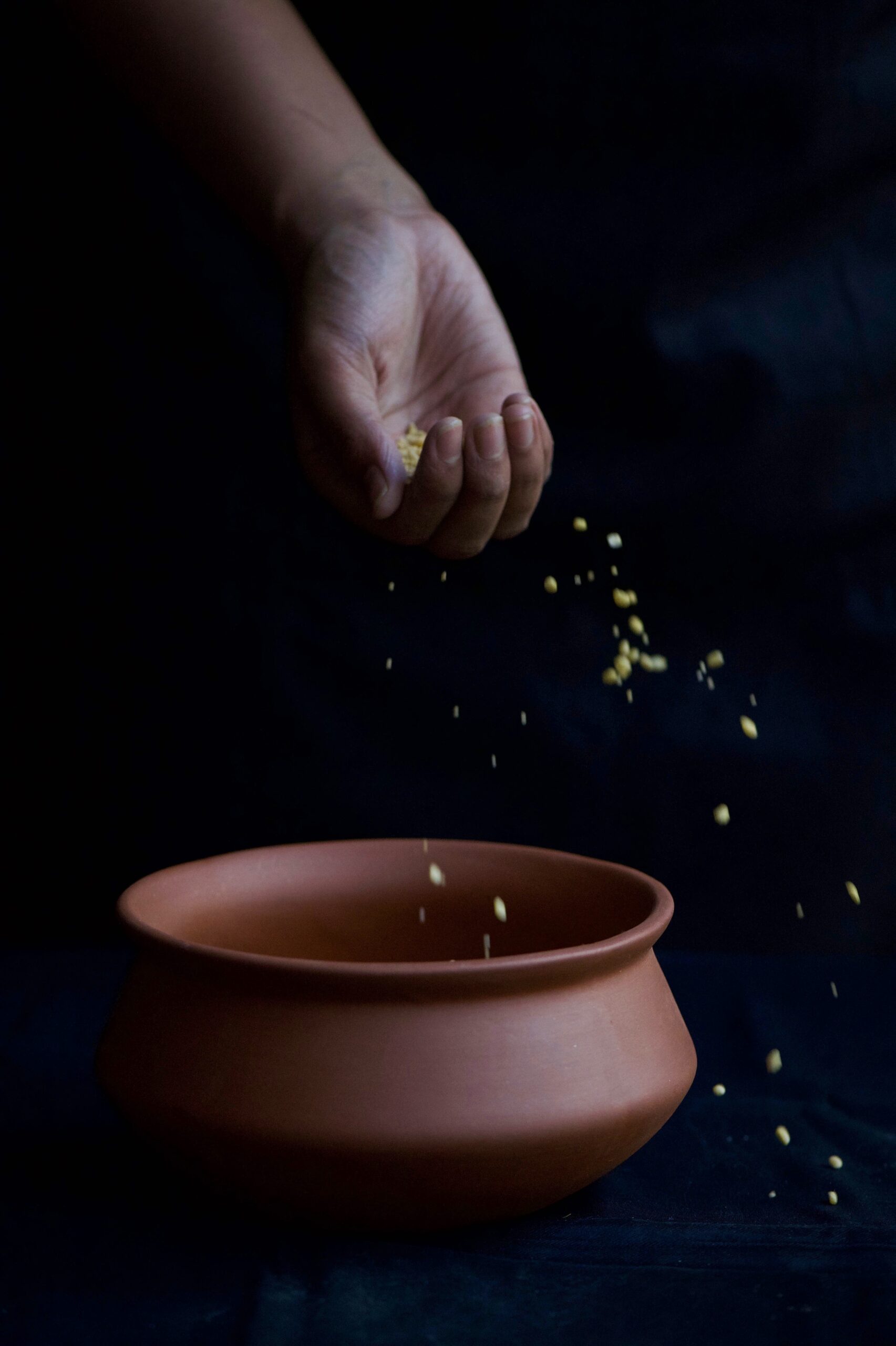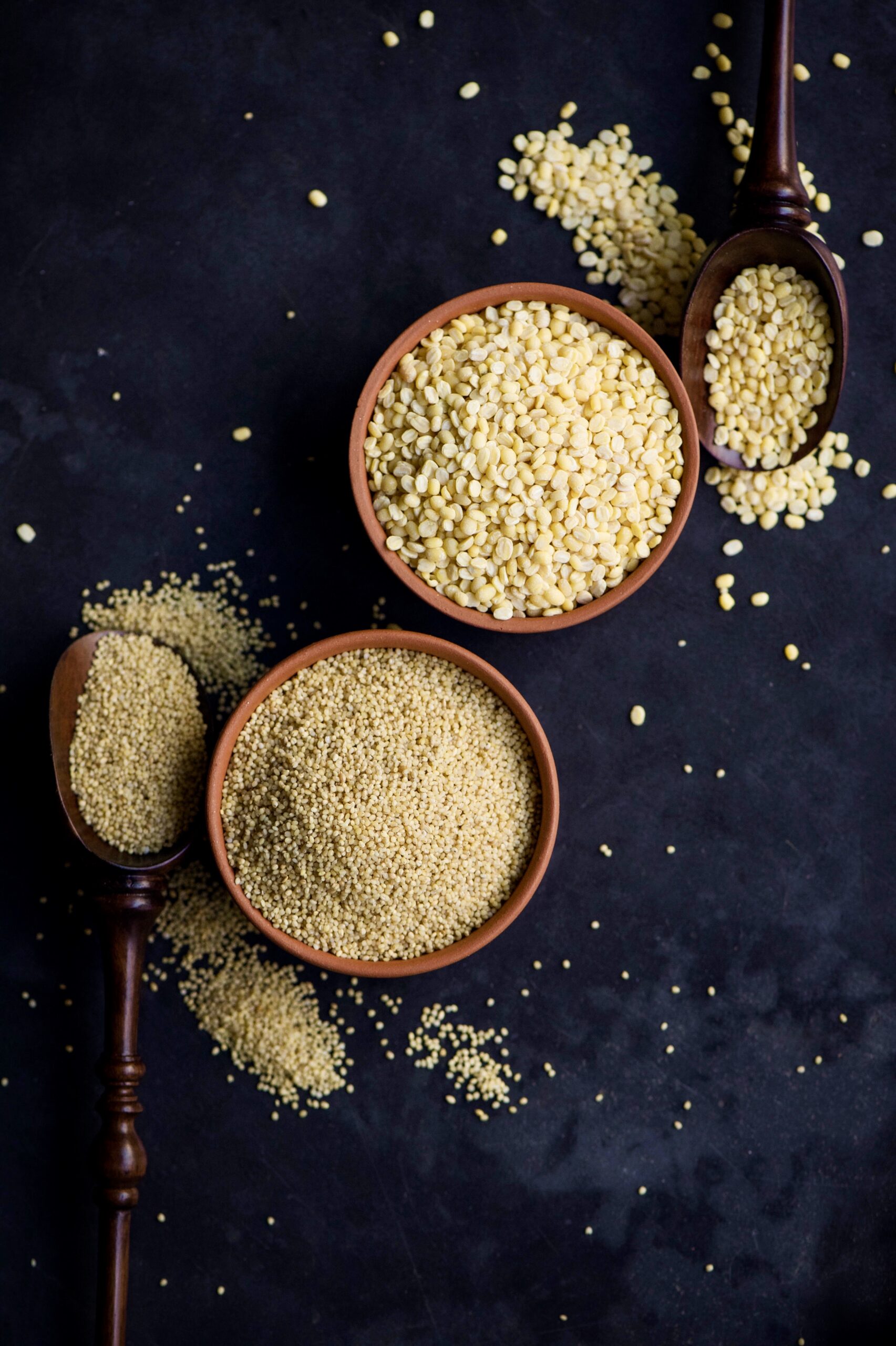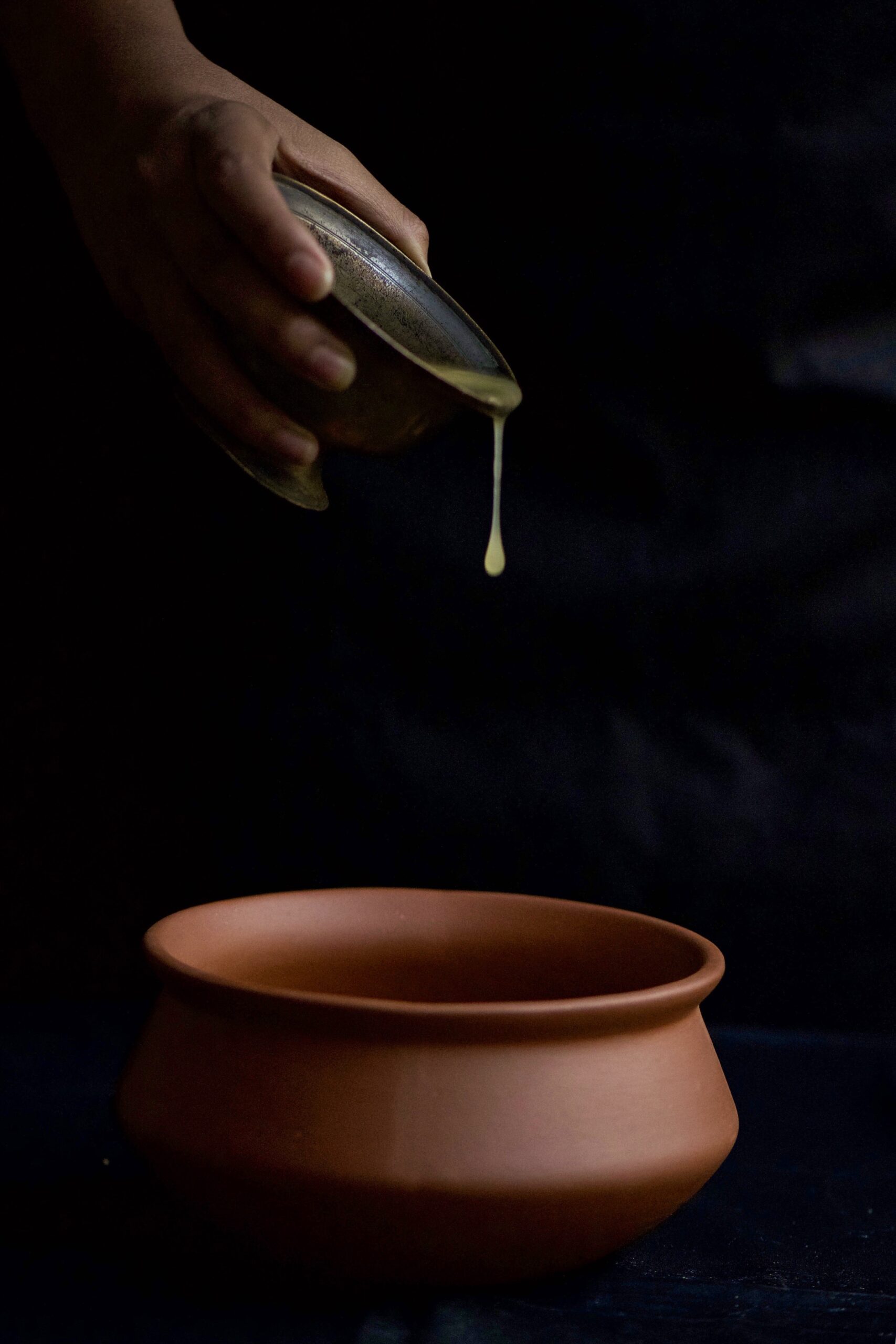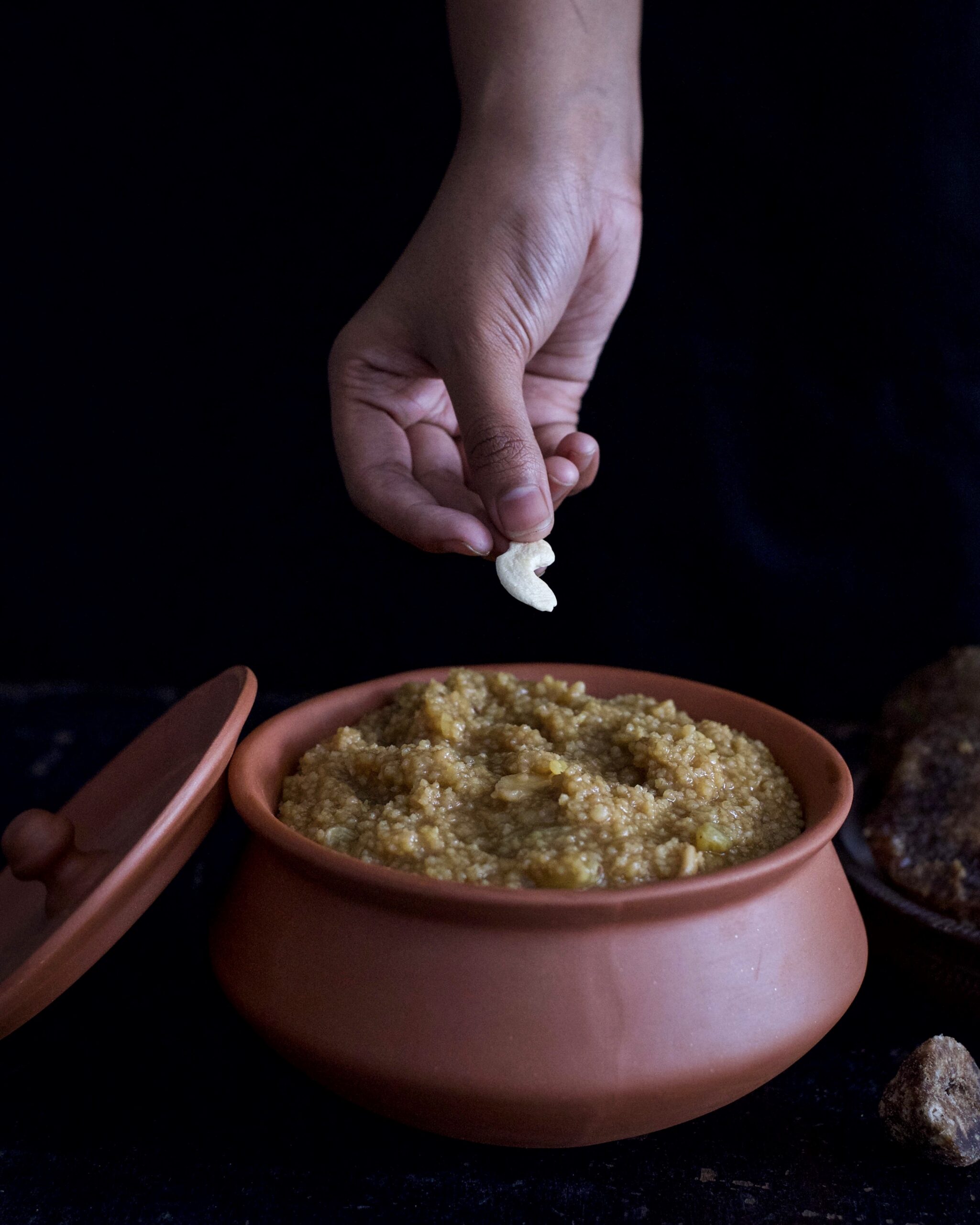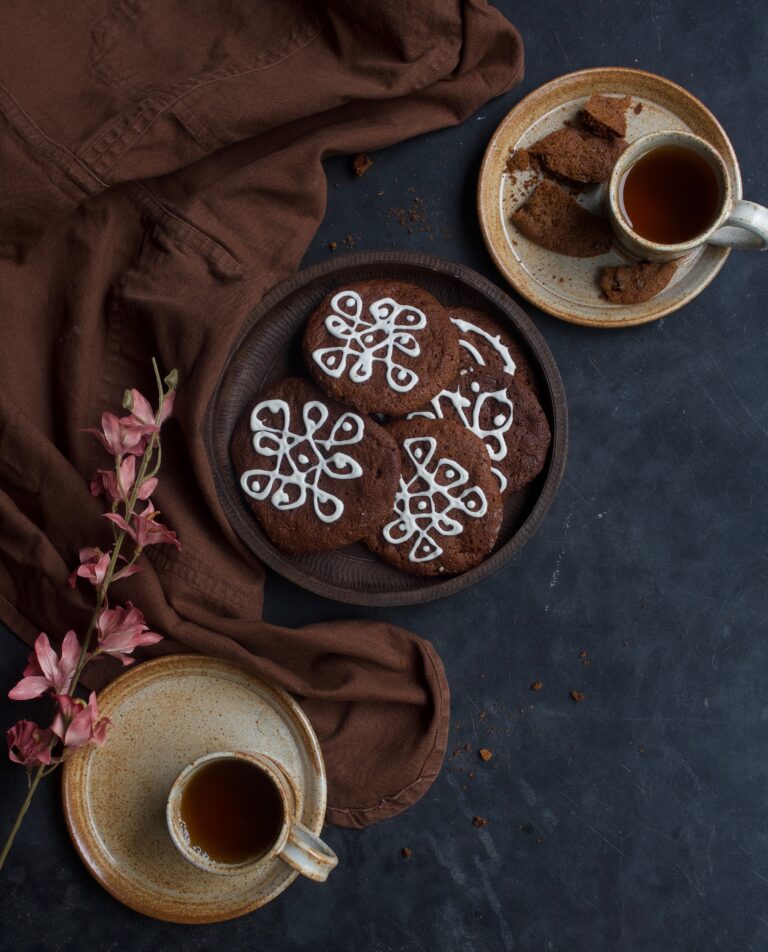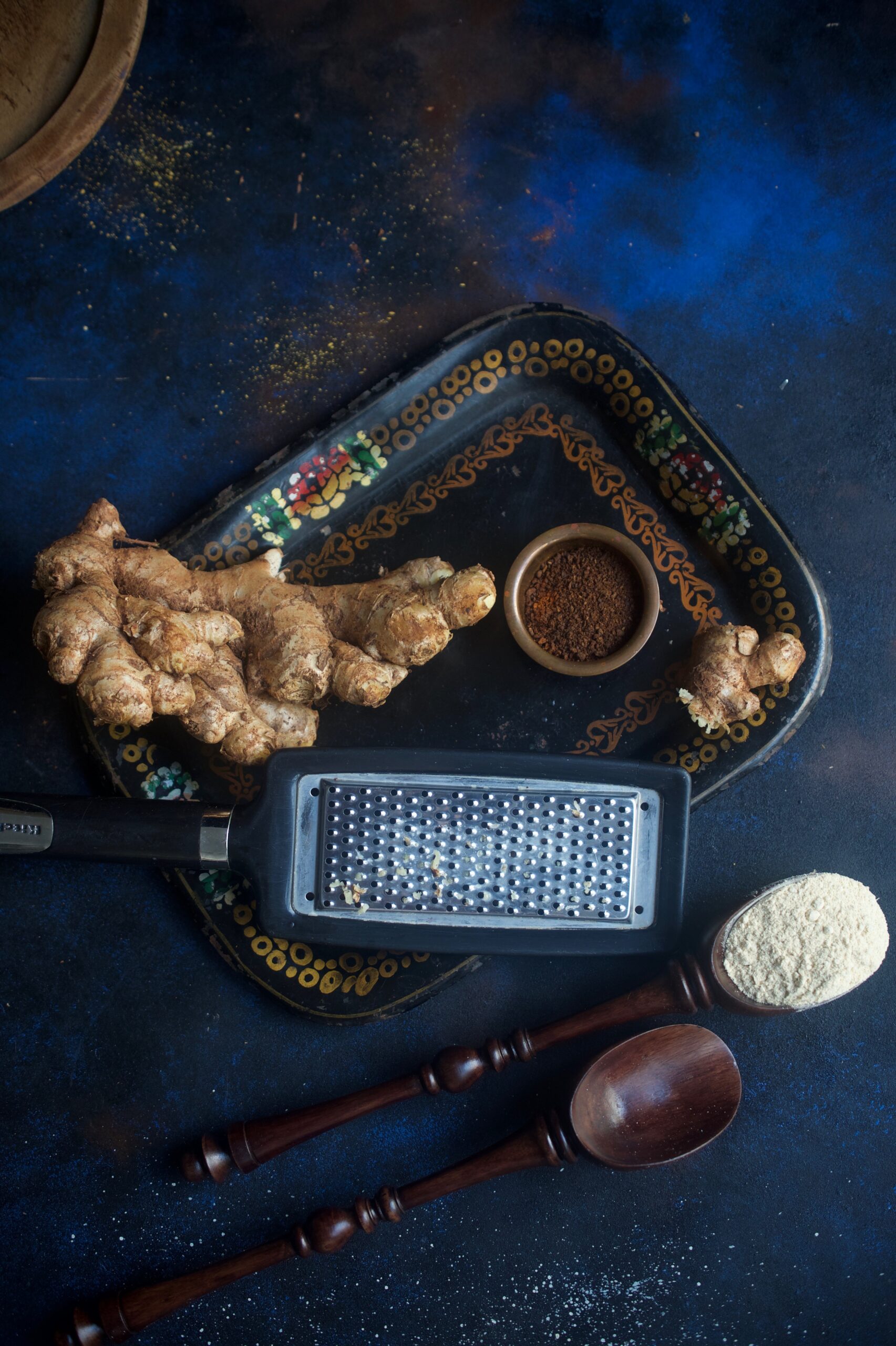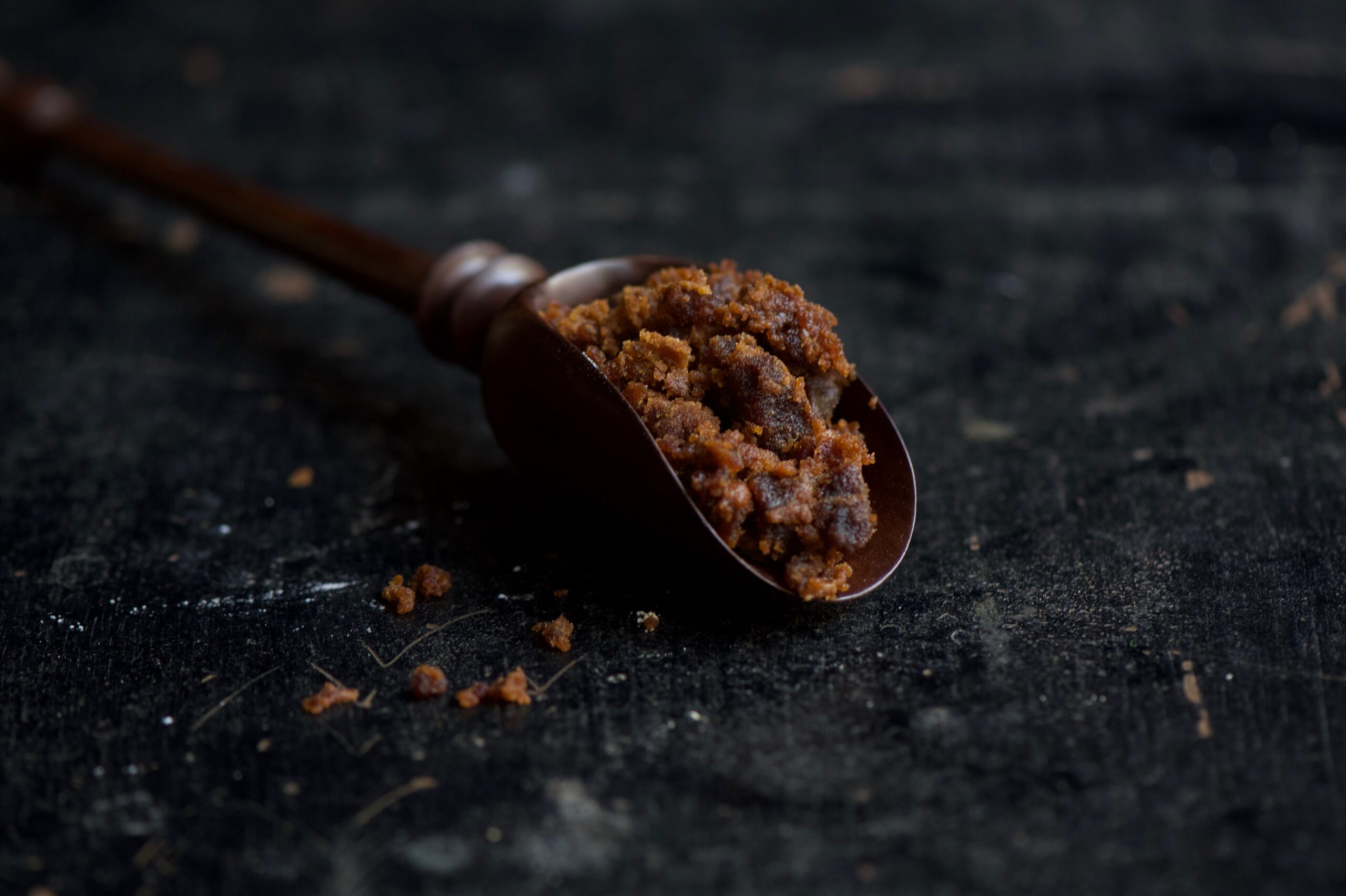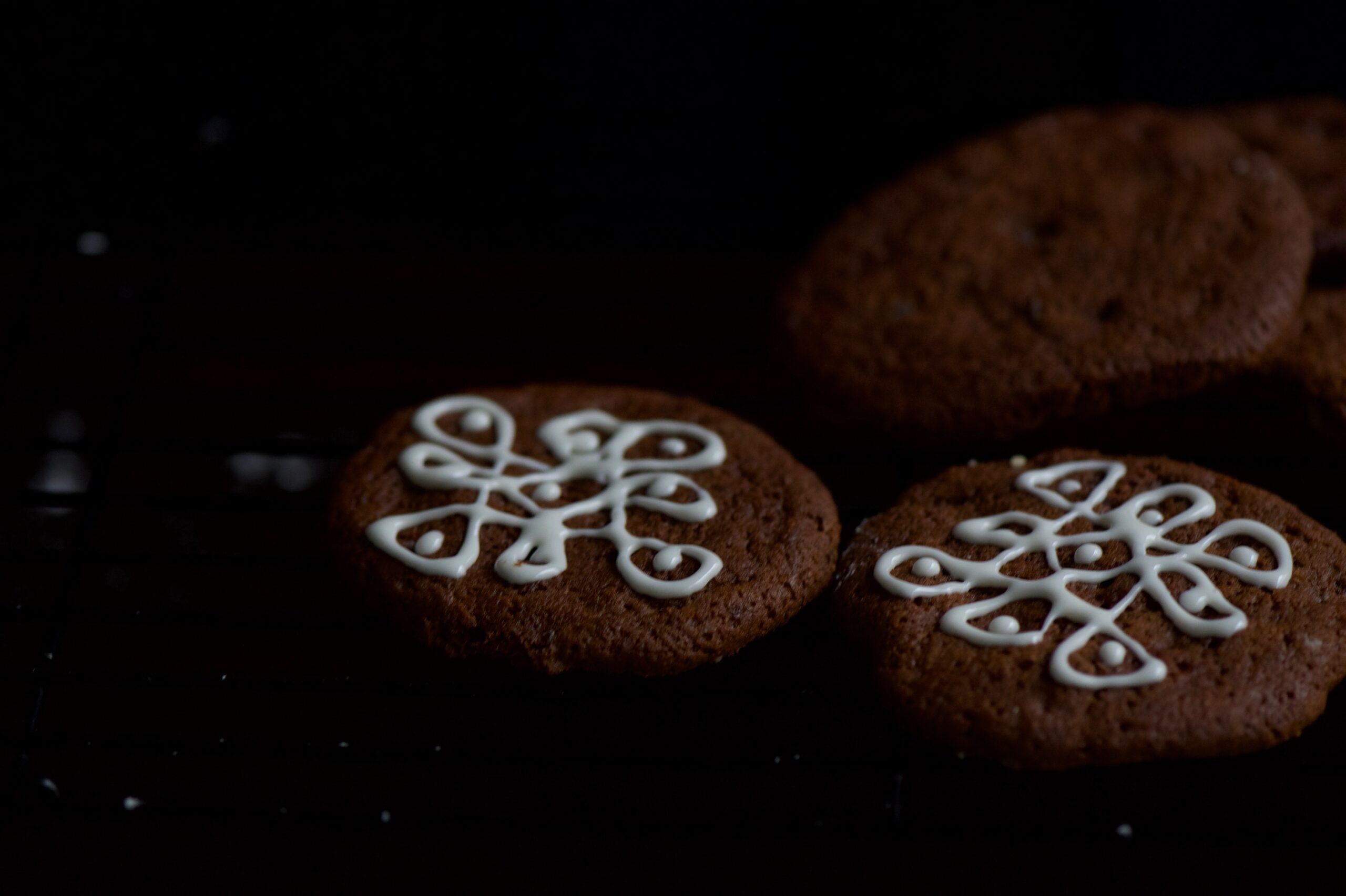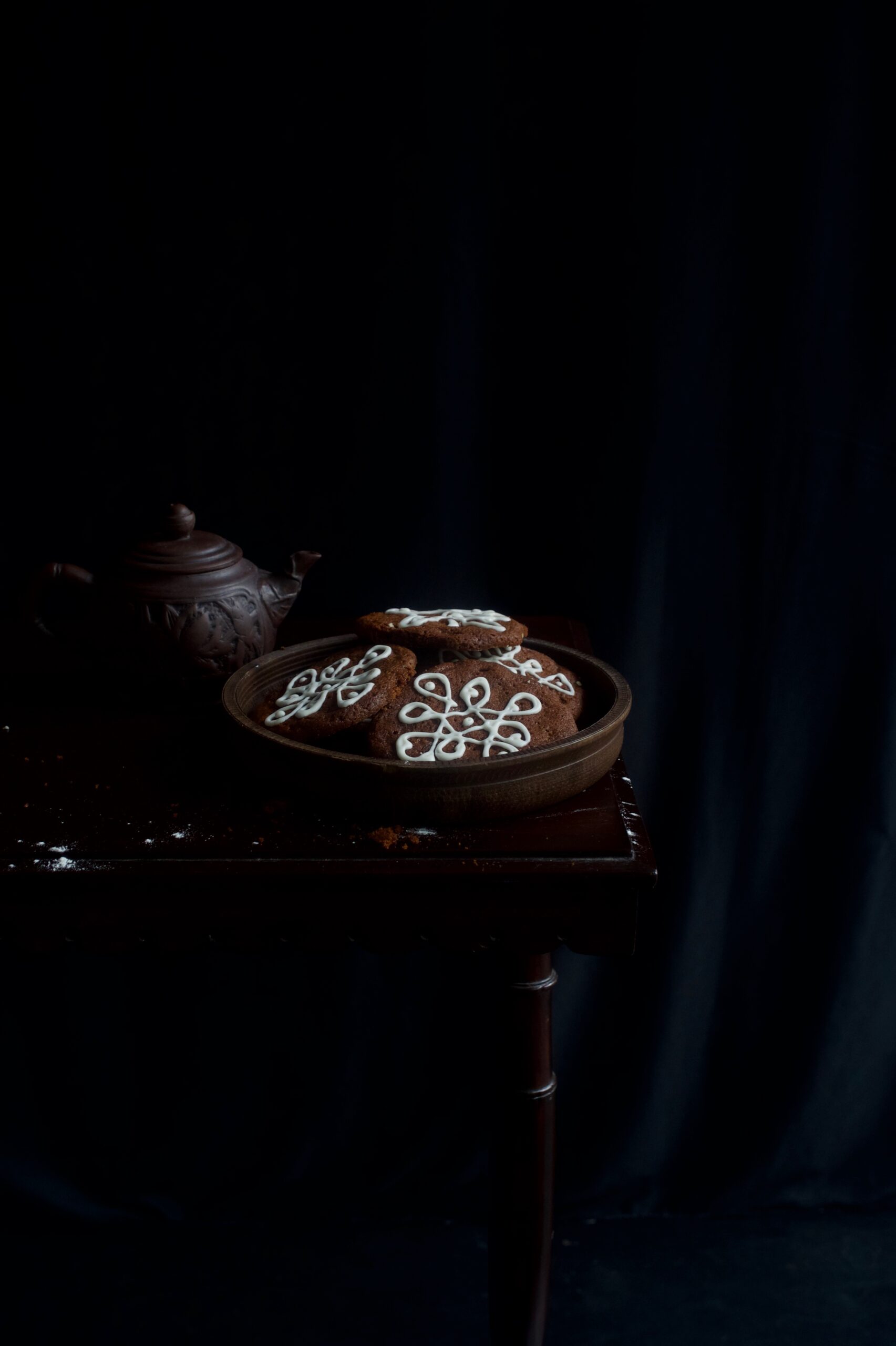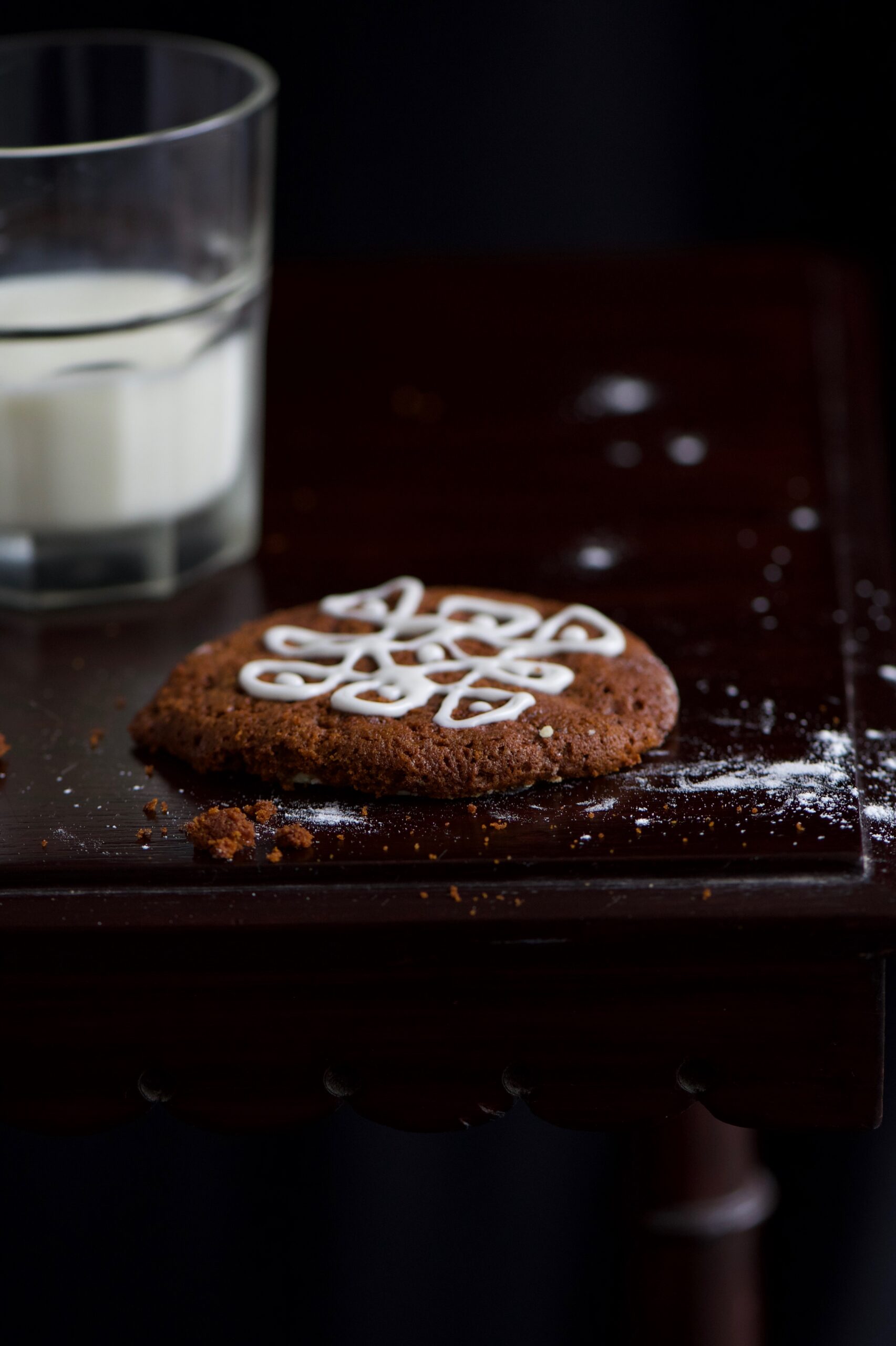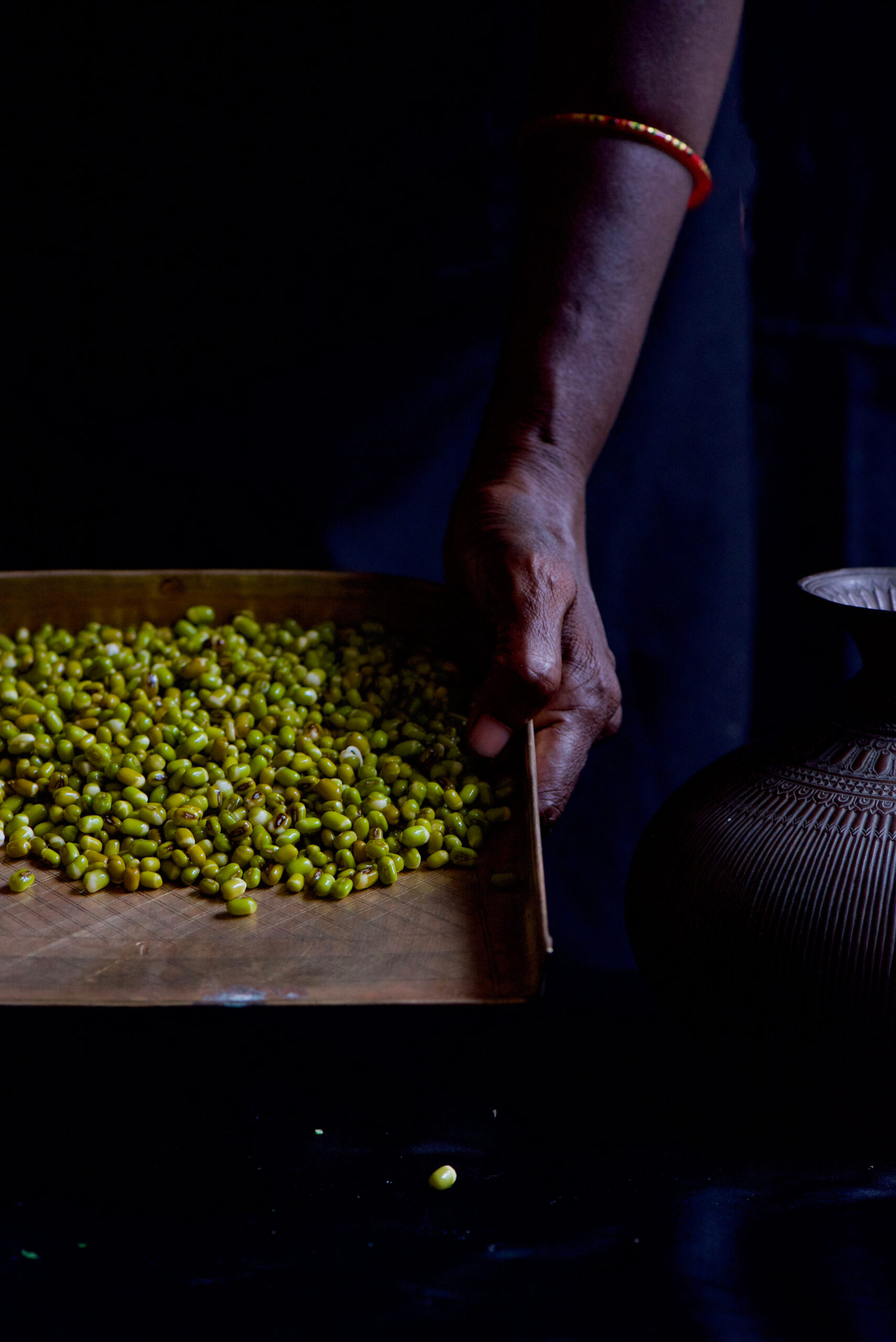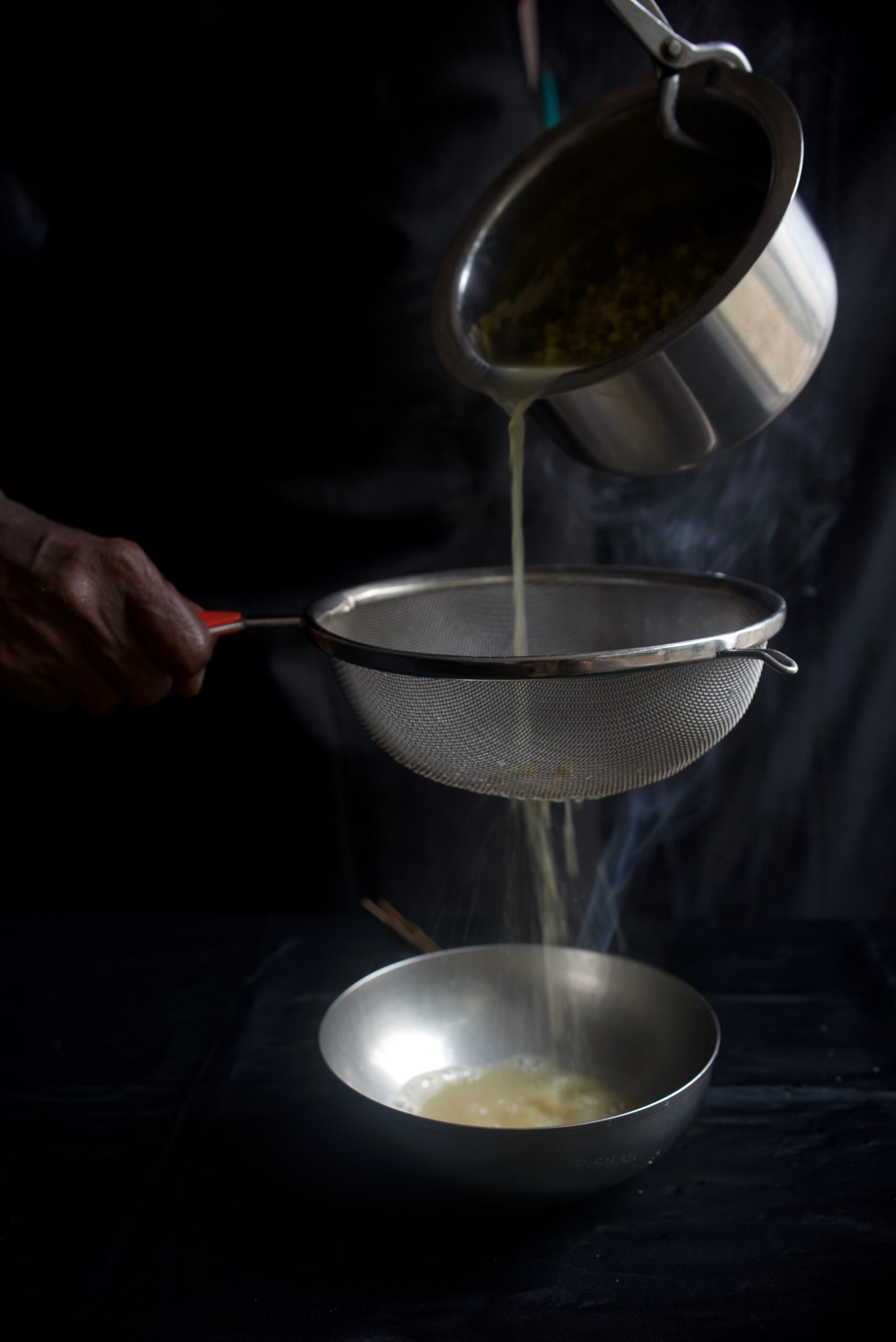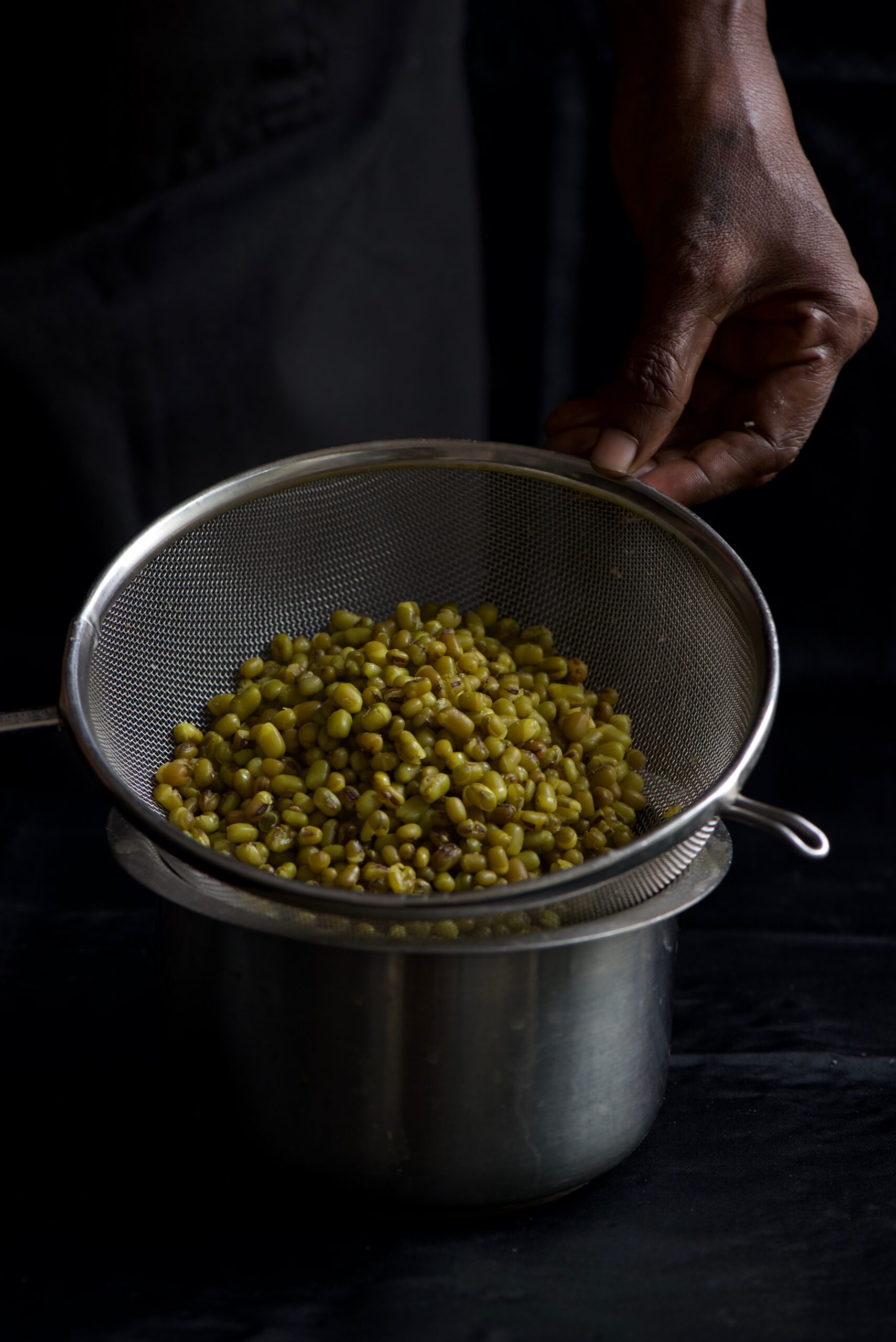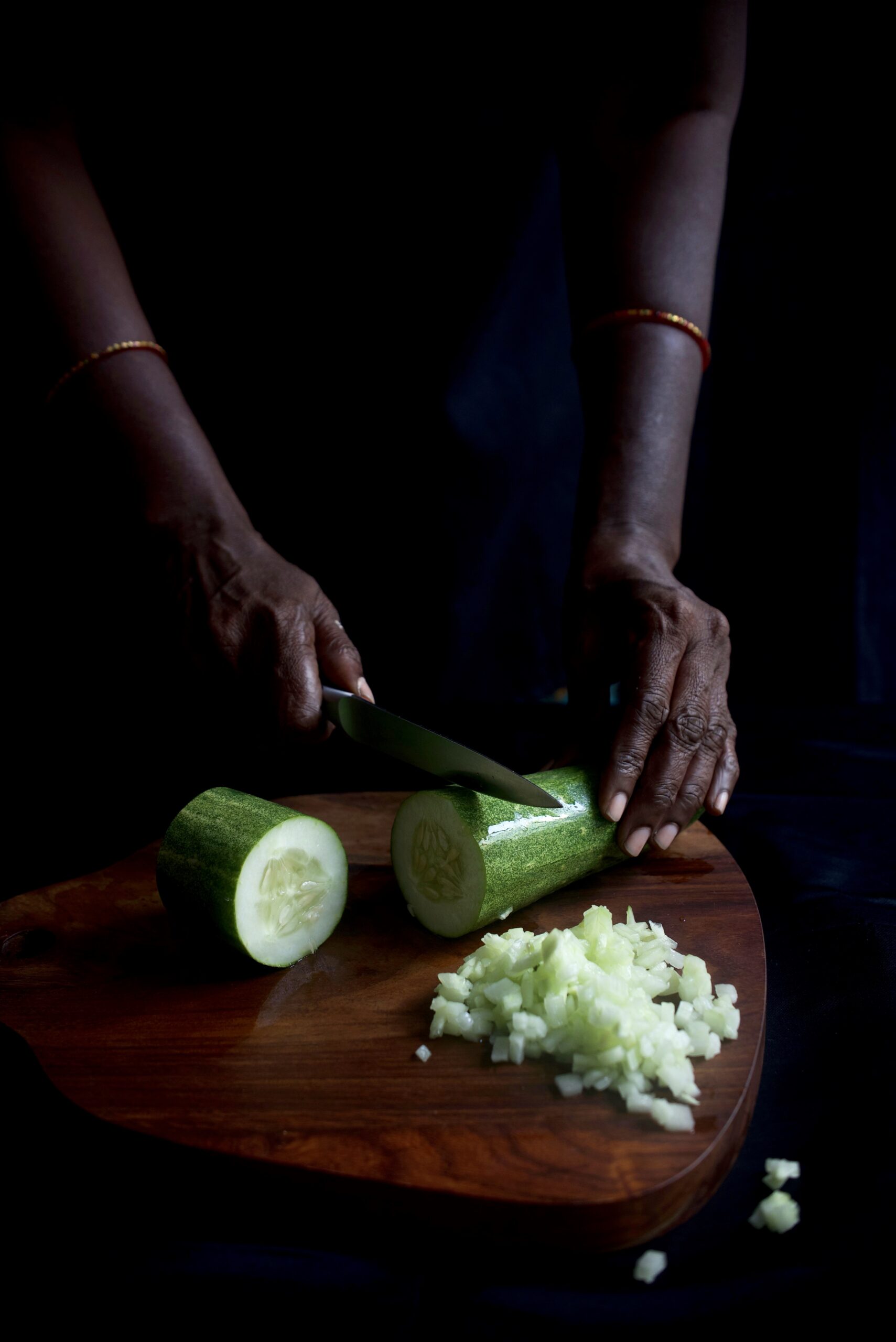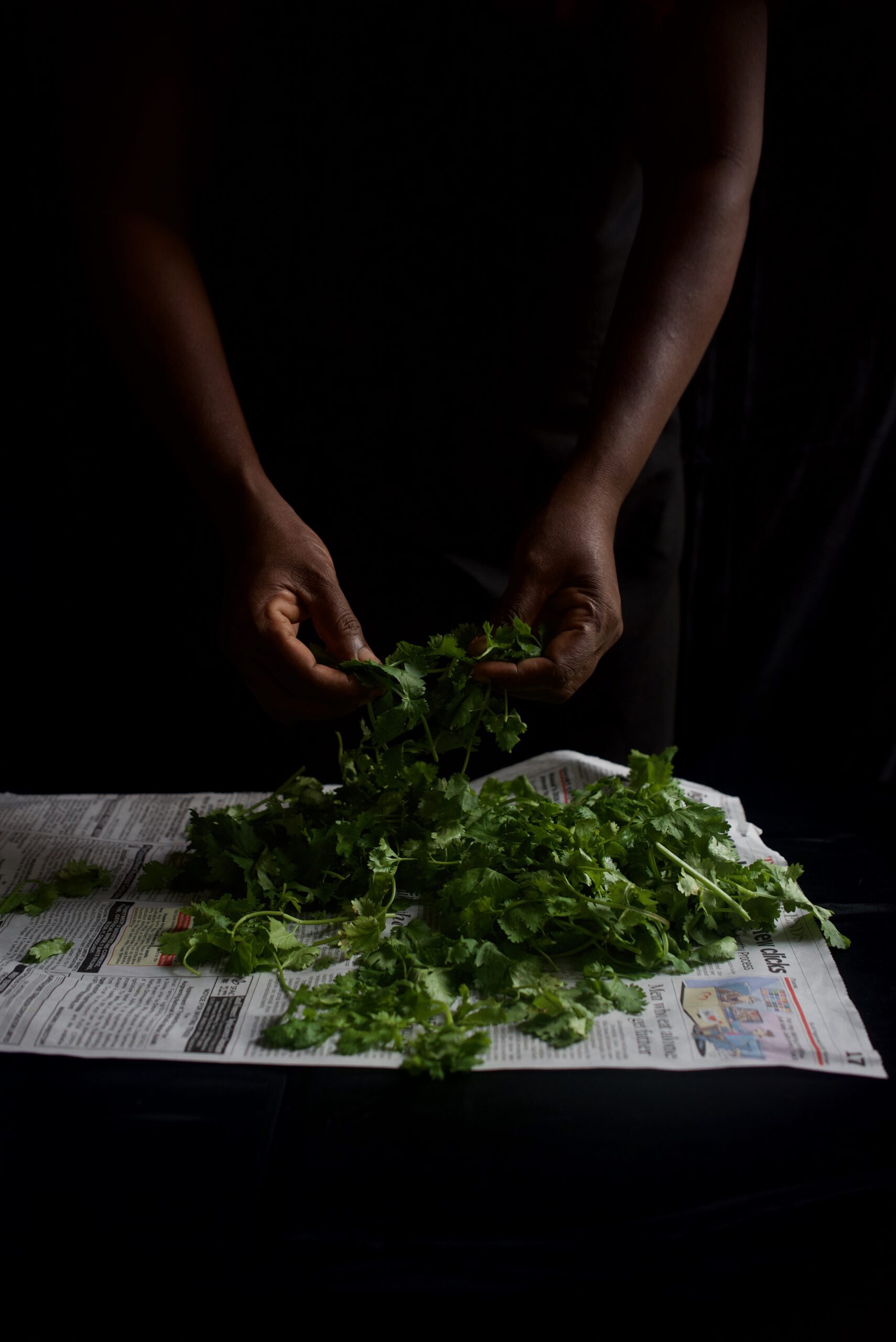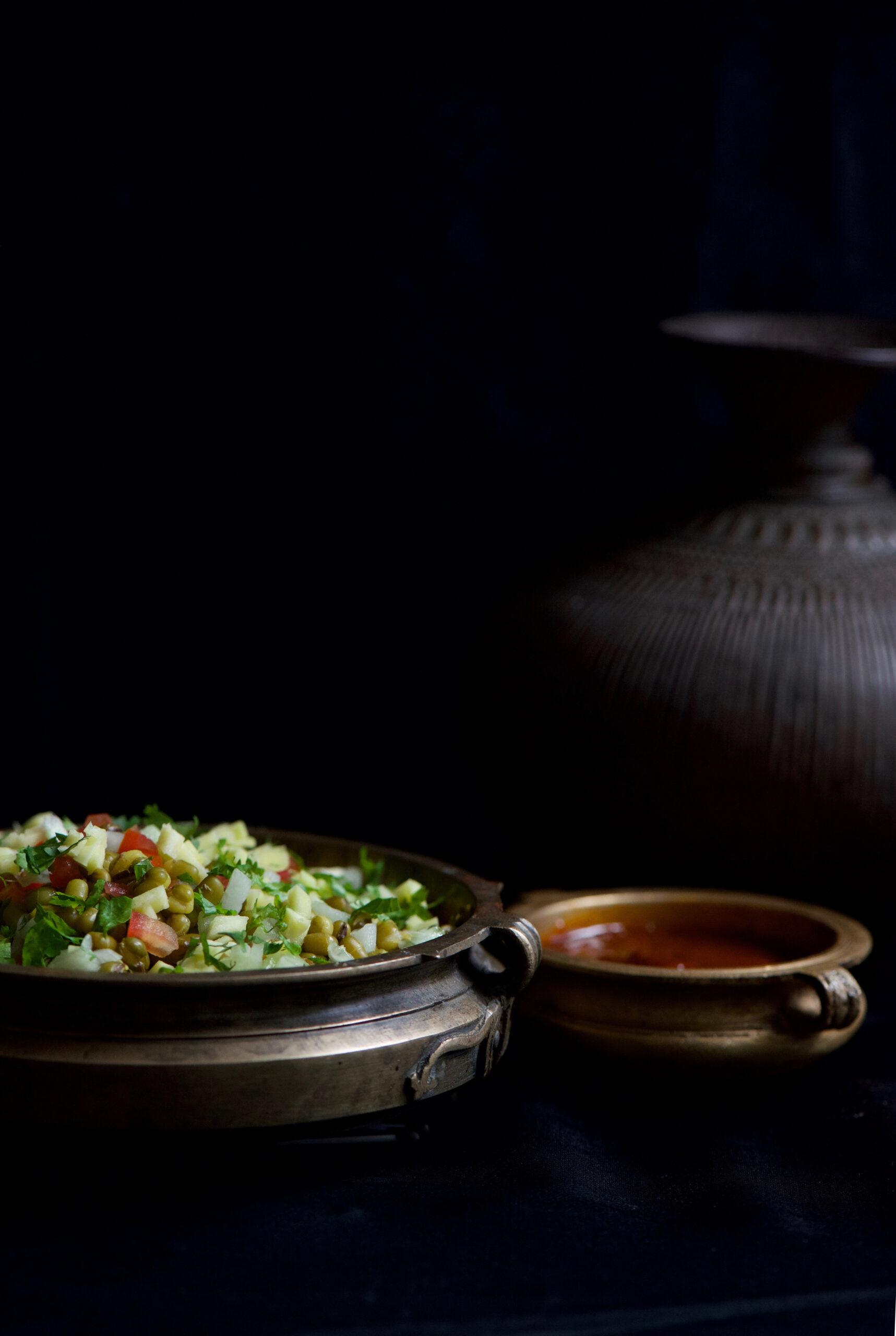It was Raksha Bandhan a few days ago, and my home was reverberating with boisterous laughter and shouting, filled with the joy and commotion of having all three of my children visiting. This was no coincidence, as Raksha Bandhan is one of the special occasions on which I enforce a very strict rule: no matter where they are in the world, they must return to Chennai to be with their parents and each other.
Raksha Bandhan is doubly special as it is in honour of their relationships to one another. This North Indian festival is a unique one that celebrates one of the most important bonds of all, the one between a sister and her brother. My daughter is fortunate to have two loving elder brothers, and the older they all get, the more precious this day has become to my family. It’s a delight for me as a mother to have them all come home at the same time, as well as a wonderful opportunity for me to fully express my “love language” – cooking!
This time, I chose to make dahi vada, a simple yet important traditional dish. A vada is a kind of deep-fried doughnut or dumpling, made from ground lentils (sago or potato may be used in some varieties). You may remember that vadas have ritual symbolism to Gujaratis during our new year. Dahi vada is made by soaking the plain vada in yoghurt (“dahi”) and serving it with light toppings ranging from basic curry leaves to more elaborate garnishings like pomegranate. There are innumerable versions of the dish varying from state to state, community to community, and kitchen to kitchen. In Tamil Nadu, it’s the popular snack item known as “thayir vadai”. The Gujarati variant is made in an exciting way, almost like a chaat, with an added tangy flavour thanks to the use of date or tamarind chutney. It is one of my favourites to prepare on auspicious occasions.
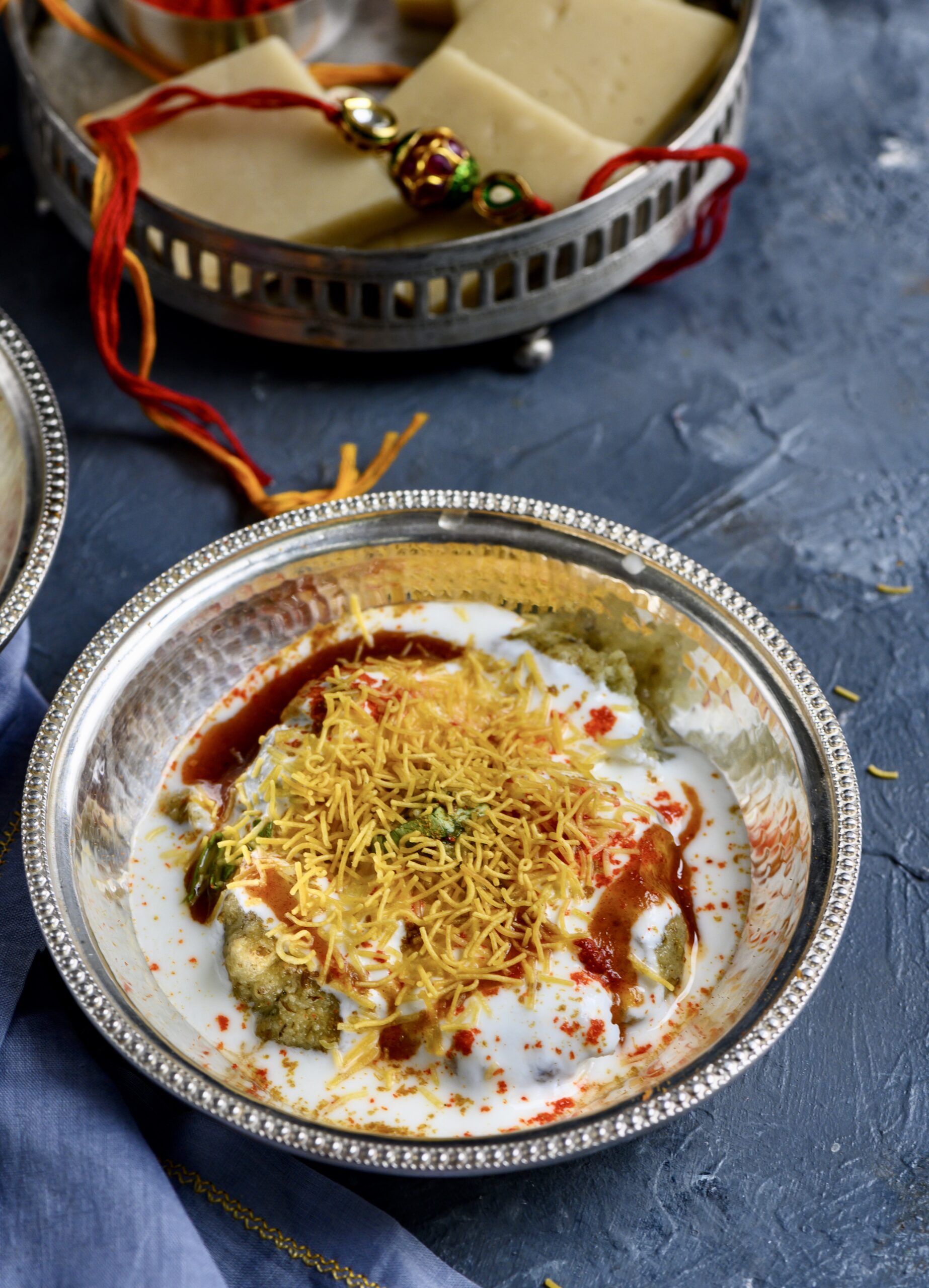
On Raksha Bandhan, the traditional ritual is for the sister to place a sweet in her brother’s mouth so that his life will be blessed. In turn, he promises to protect her and take care of her for the rest of his life, and she ties an amulet called a “rakhi” around his wrist to seal this. At home, we love renewing this vow annually. There is a cheerful feel in the air, and we enjoy catching up over the delicious feast that I always prepare. But more than that, it’s the kind of vow which I take very seriously. I know that my children, who are young and full of ambition and who crib about having to shuffle their schedules around to be here, will some day understand why I insist on observing this occasion. I tell my daughter that I don’t care if she has to take the last flight out after her tough day as a law student, and ensure that both my sons (especially the one who must come from abroad) have planned their schedules around the dates that I insist that they spend here together. I am confident that they will carry this ceremony forward even decades into the future, and will continue to meet across continents to celebrate special occasions.
The recipe I am sharing today is from my own sister, who loves to spoil me every time I visit her in Mumbai by making these traditional dishes that I so enjoy. In exchange, she asks me to bake some kind of bread or to teach her how to make an eggless cake, and in this way we deepen our bond and expand our culinary repertoires too.
I hope this recipe below is also a healthier version of the usual vada, as it uses split mung, also known as moong beans, instead of urad dal or black grams. I prefer this lentil for its many nutritious benefits, especially its richness in minerals, vitamins, fibre and protein.
Although dahi vada is commonly seen as a snack or side dish, we love it so much at home that with enough servings, it simply becomes our dinner. As it uses ingredients which are always on-hand in the Indian kitchen, and combines two basic staples (vadas and yoghurt), it’s a great dish to serve to unexpected guests and as a light festive dish for upcoming occasions like Ganesh Chathurthi and Diwali. It’s also ideal for those who have senior citizens at home, as it’s soft to chew and yoghurt always has a soothing effect. Given the mix of ages in my household, especially during festivals, I find it works very well to please everyone. The young ones find it tasty and chatpata (tangy and flavourful), while the older people enjoy it as a type of comfort food.
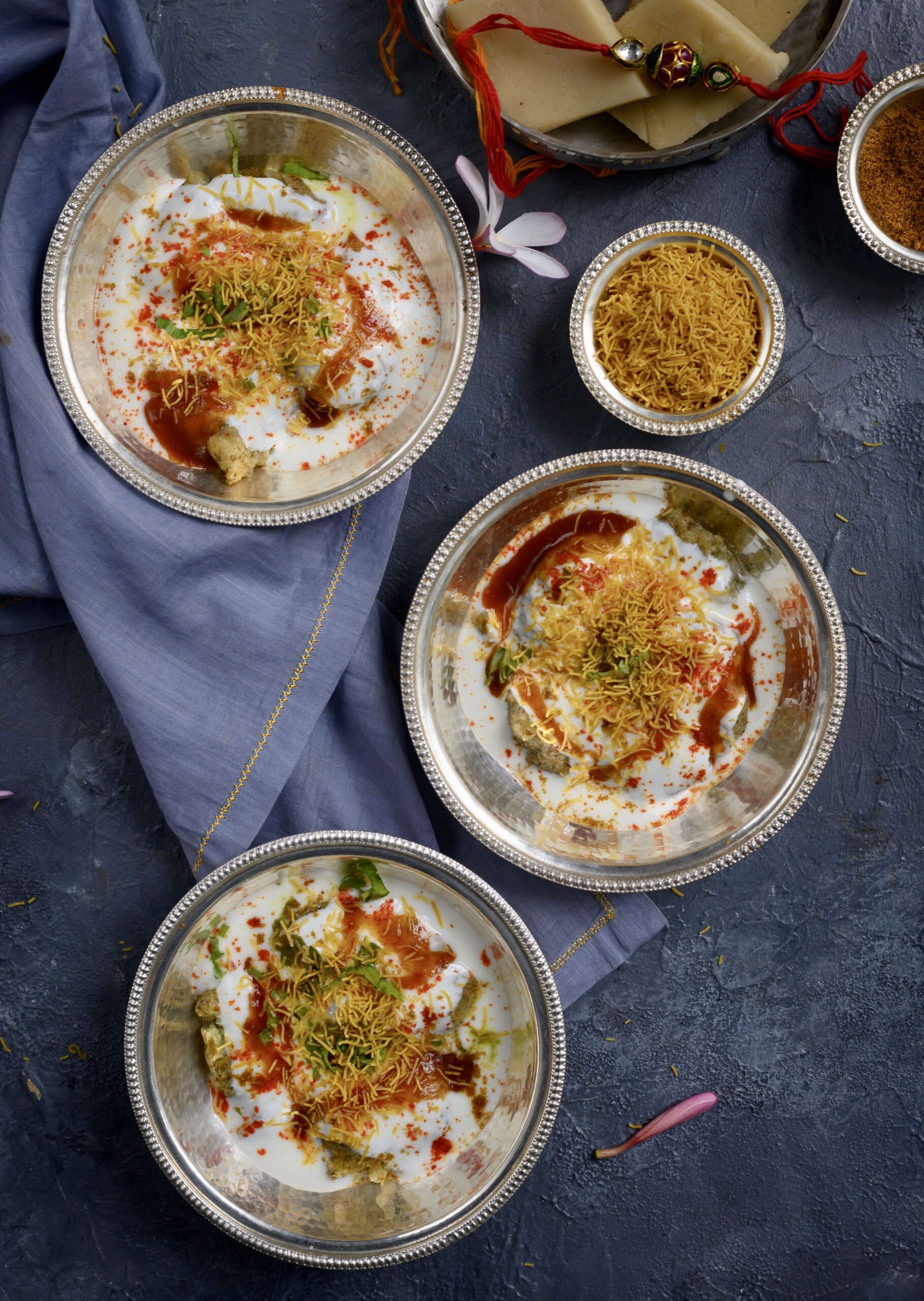
Dahi Vada
(Yield: approximately 15 vadas)
For the vada
1 cup split mung
½ teaspoon asafoetida
Salt to taste
1 teaspoon cumin seeds
½ teaspoon green chili paste
Other ingredients
4 cups water
Oil for deep frying
3-4 cups yoghurt
Coriander leaves
Green chutney
Sweet date chutney
Roasted cumin powder
Wash the split mung and soak it in water for 4-6 hours until tender.
Rinse and then grind the soaked mung coarsely, without adding water, in the idly grinder.
Then, beat the batter in a bowl. Make sure that it is nice and frothy. This will ensure the fluffiness of the vada.
I like to add all the spices and other ingredients in the last whiz of the batter and fry the vadas immediately after.
In a wok, heat the oil and make small vadas by shaping and then dropping the batter into the hot oil. These vadas are dumpling-shaped, and you can make them in your palm.

Once golden, remove the fried vadas and sink them in the 4 cups of water. This will ensure they become softer. Once all the vadas are fried and soaked, remove them individually. Gently squeeze out the water and arrange them on the plate for serving. I like to serve individual portions.
In the meantime, beat the curd, adding the salt and roasted cumin powder and mix thoroughly. Many Indian families eat homemade yoghurt, and the recipe to make the same is here. You can use store-bought curd as well. If you have access to coconut yoghurt or soy yoghurt, feel free to substitute accordingly. In India, these innovative items have yet to hit the market, so I’m afraid this is very much a dairy post, with apologies to my local vegan readers!
Pour the curd over the vadas, just enough to cover them.
Finally, top the curd with the green coriander chutney and sweet date chutney. Sprinkle some more roasted cumin powder and garnish the dish with some finely-cut coriander leaves.
When the weekend after Raksha Bandhan ends, my house will slowly quieten down as one by one, each of my children return to the places where they are establishing their own lives. Eventually, if they get married or have kids, I will look forward to them all coming home with their families. I can already imagine how Raksha Bandhan and Diwali will be exuberant get-togethers of the entire clan, giving us a chance to rekindle our bonds as well as get to know new members. There is already so much warmth and love between the five of us now, and I only want it to keep growing.
This warmth and love is something that we strive to build and to keep, and we never take it for granted. You have to learn how to tide over difficulties and manage practical struggles like living far apart. This is a choice. I believe that families with close ties exist because someone chose to take on the responsibility of creating and maintaining those ties. In mine, I am that person. My grandfather used to call me “the Lady of the House” for this reason. He would say that the entire family bond was in my hands, because I take my role as the one who holds it together seriously. Many women of my generation do, and I am sure you may feel the same way. We hold the bond together through tradition, love – and always – food. Here’s to all the joyous feasts in my home and in yours, right now and far into the future…
